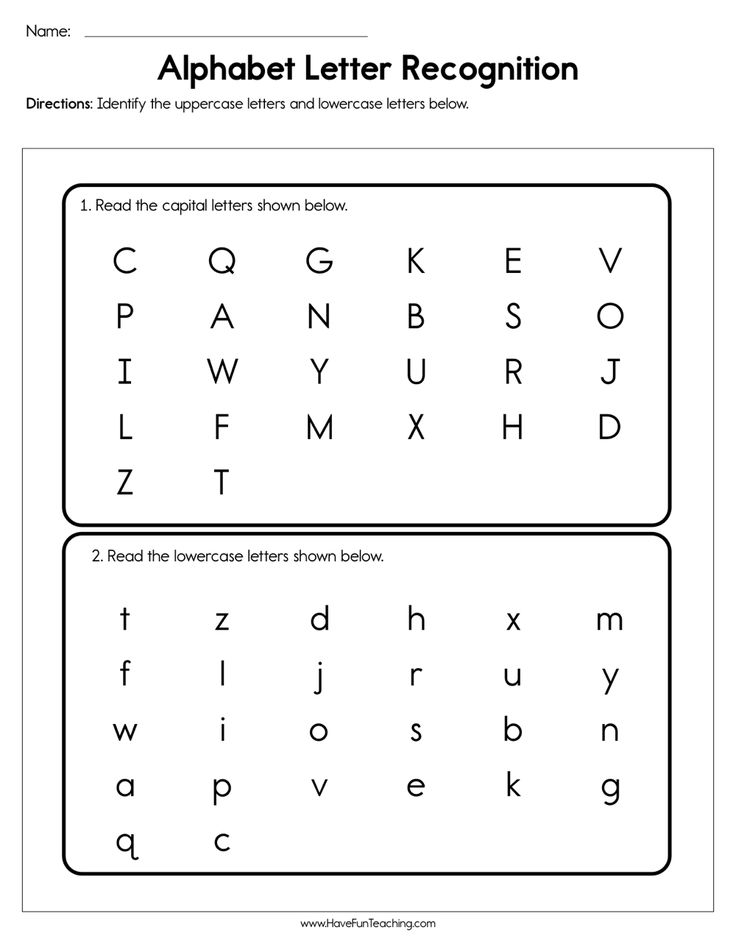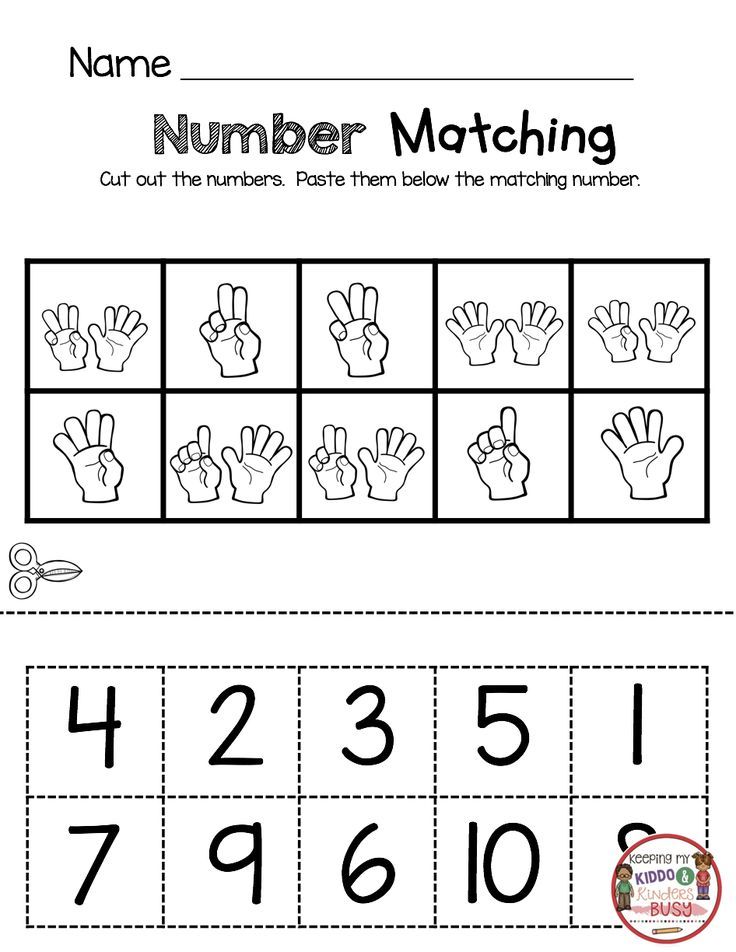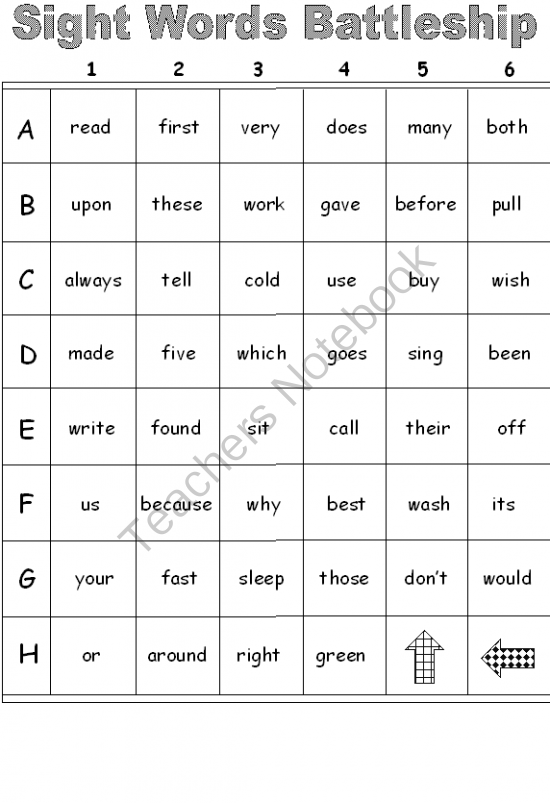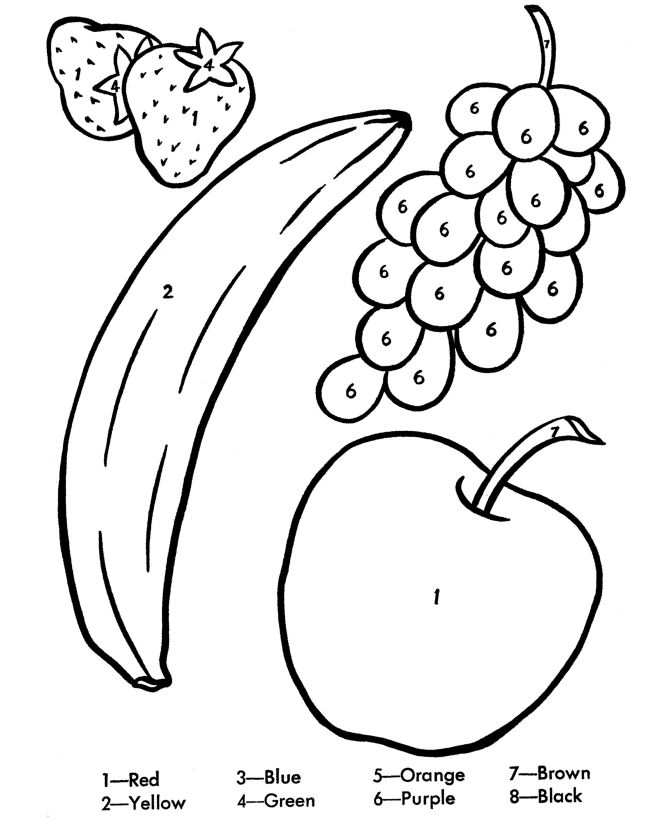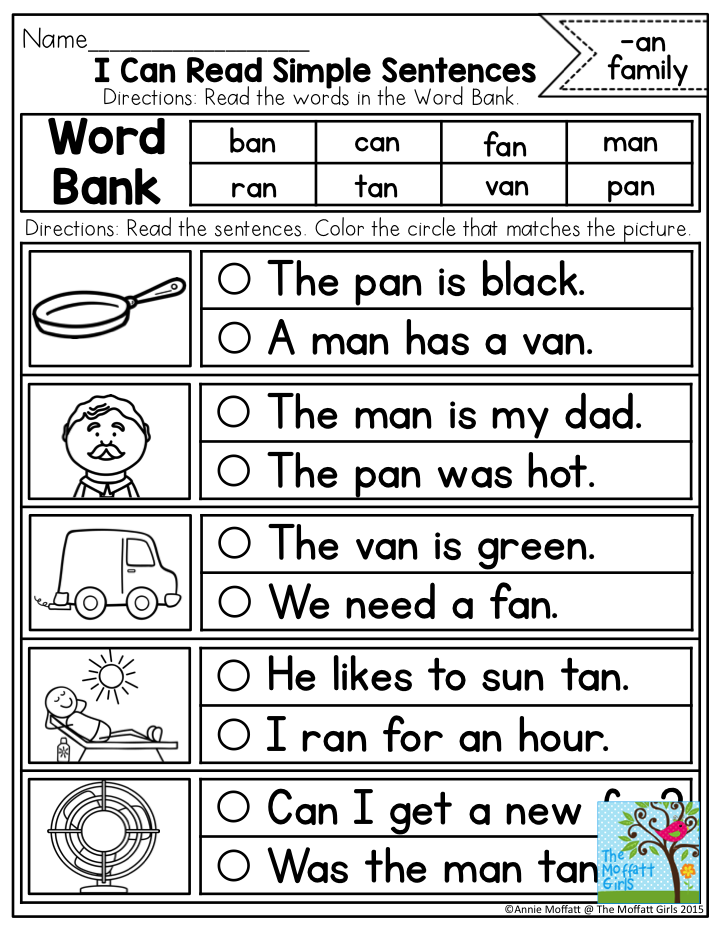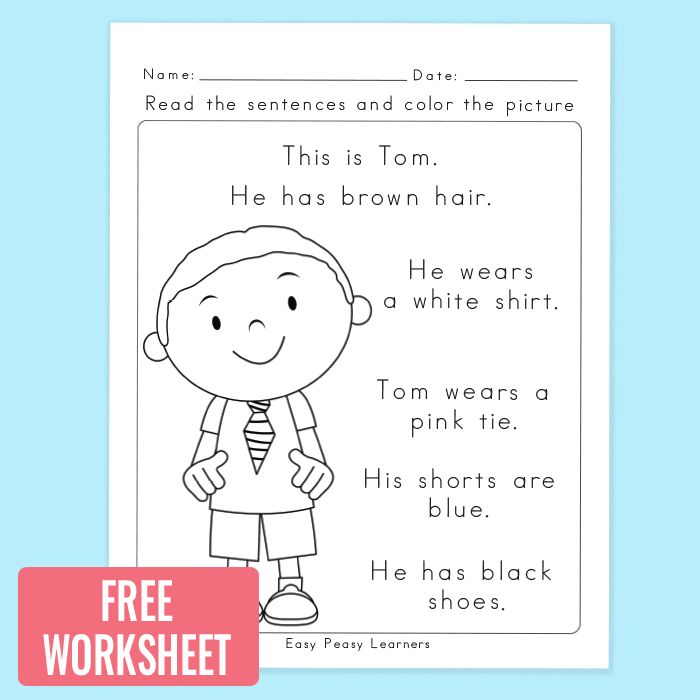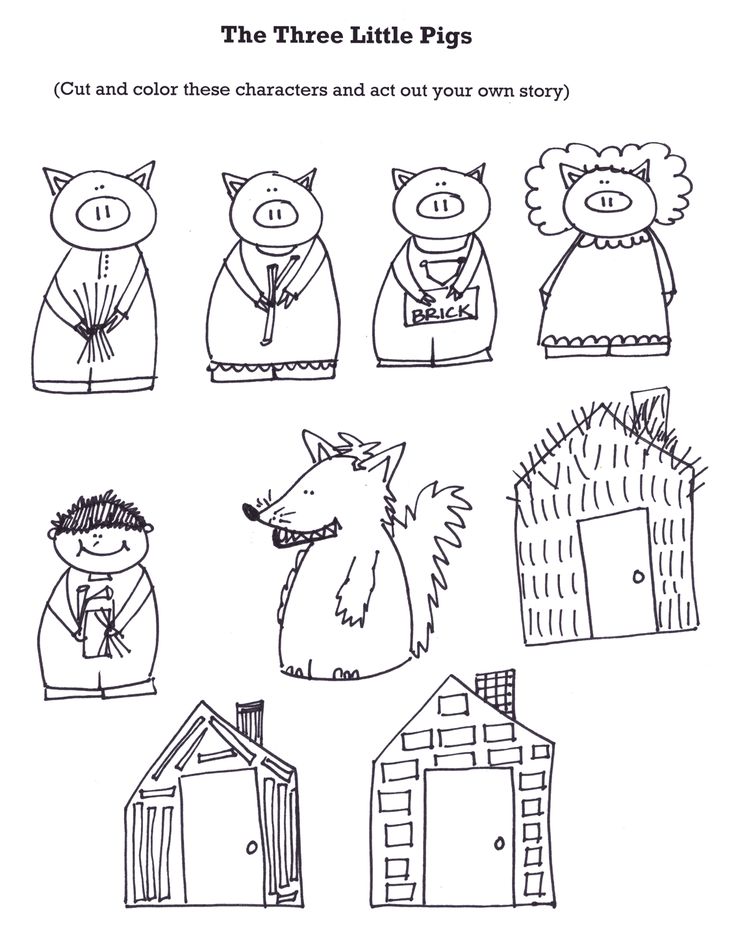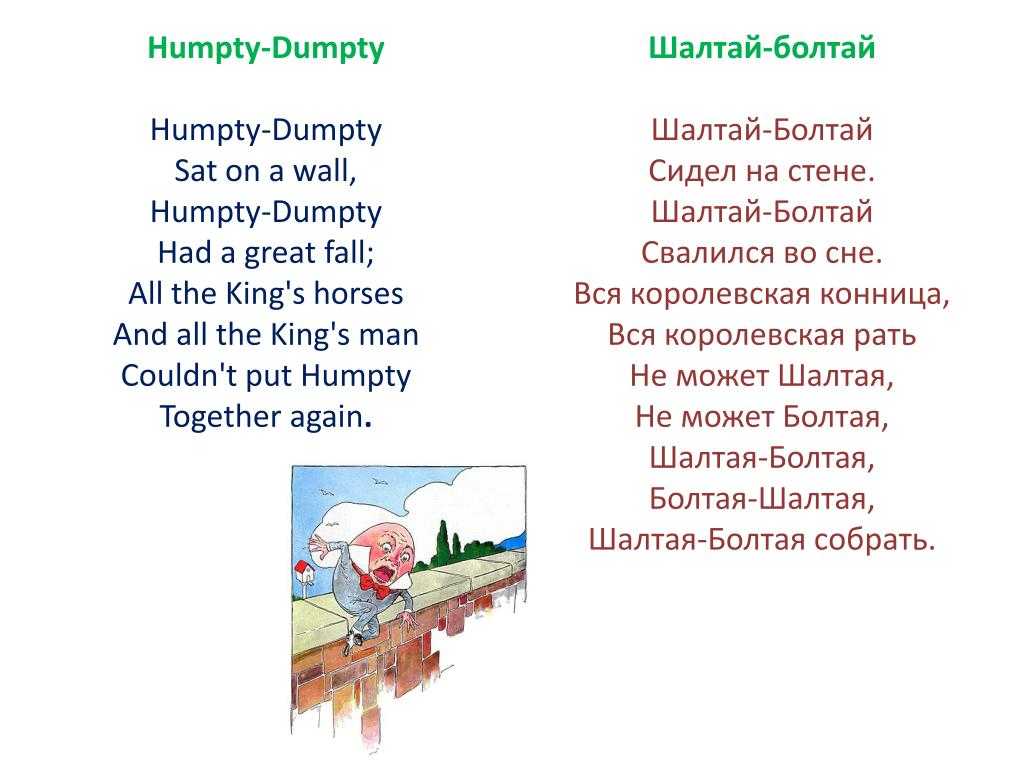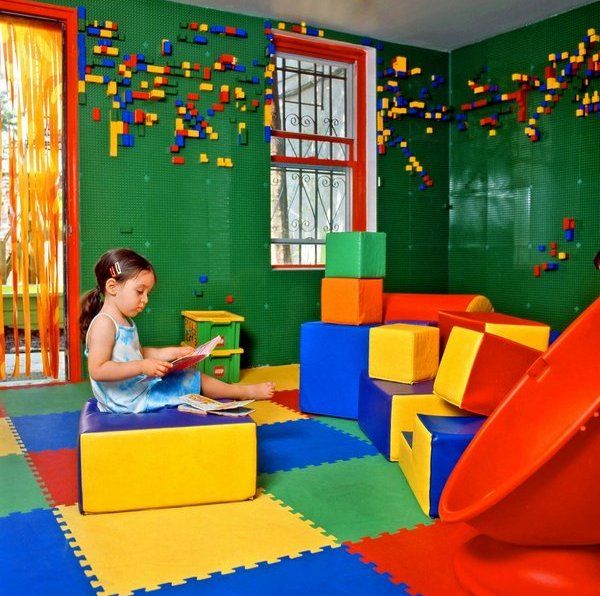Teaching the alphabet to kindergarteners
5 Easy ways to teach the alphabet to preschoolers | Daycare Blog
Teaching children the alphabet is foundational to learning how to read. Before children can put together sounds or draw together lines that make words, they need to know what they are. If you’ve never taught the alphabet before, the concept may sound abstract: how do you teach something that comes so naturally to you? Teaching letters can be really fun and simple. In this article, we’ll give you easy ways to teach the alphabet to preschoolers.
1) Sing alphabet songs
Obviously, we all know the English-language, “A-B-C-D, E-F-G,” song. That’s a great place to start. However, there are more alphabet songs, which can add variety to your tunes, and help kids learn the alphabet in different ways.
This article lists a whole bunch of alphabet songs to try. And, if you saw our article on YouTube channels for toddlers and preschoolers, you can find letter-related songs there too. The visuals in videos can show objects that start with each letter, and sometimes the songs also pronounce sounds too.
One important note brought up by this early childhood educator, is that kids should go from singing the song, to being able to say and point out the letters without a tune. So don’t stop at singing!
2) Play letter matching games
Letter matching games are easy to set up. You can have a poster board with the alphabet printed on it in large letters. Have separate letter magnets or paper letters cut out at the same size as the print letters. Ask the preschoolers to match their cut outs to the letters on the chart. Where does “A” go? Place the letter “A” cut out on top of the printed “A” on the poster board. Get them to practice doing this with all the other letters.
As the early childhood educator mentioned above noted, you can also have an alphabet ‘arc,’ where one end of a half-circle shows the letter “A”, and the other end the letter “Z”. In between you can have other letters in the alphabet shown, but not all of them. Ask the preschoolers to put down their block letters in the right sequence, using the pre-filled in letters as clues.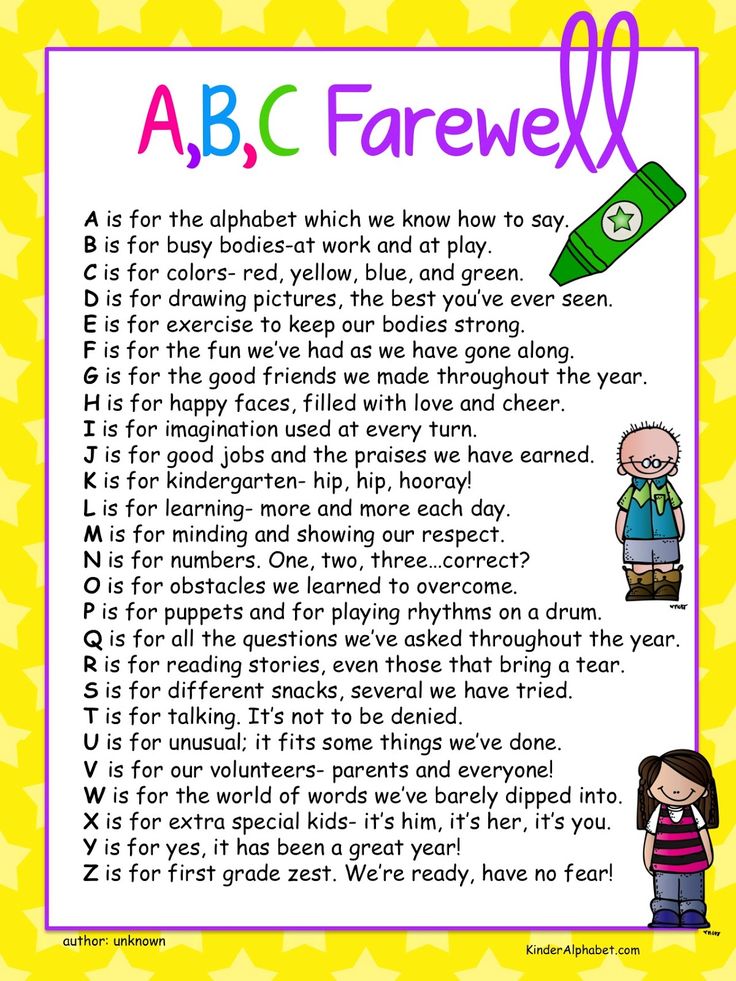
3) Open a new ‘alphabet box’ each week
You may have seen us post on Facebook that a certain week is brought to you by a letter we’re covering. It may be “C,” and you’ll see photos of us painting the letter C at daycare, or learning about animals that start with the letter “C.” Weekly letter themes are common in preschools.
You can take your weekly letter curriculum a step further by creating a box that children can open to discover objects that relate to that letter.
For example, on the week covering the letter “A,” your preschoolers can open (or even unlock) a box that contains an apple, a toy airplane, a toy alligator, an acorn, an arrow (a safe one!), and so on. In fact, don’t tell the children right away what letter the box of ‘treasures’ represents. Ask them if they can guess the letter they’ll cover that week by observing the objects in the box alone. This can be a fun and whimsical way to have your children get excited about the week ahead, and work together to come up with an answer.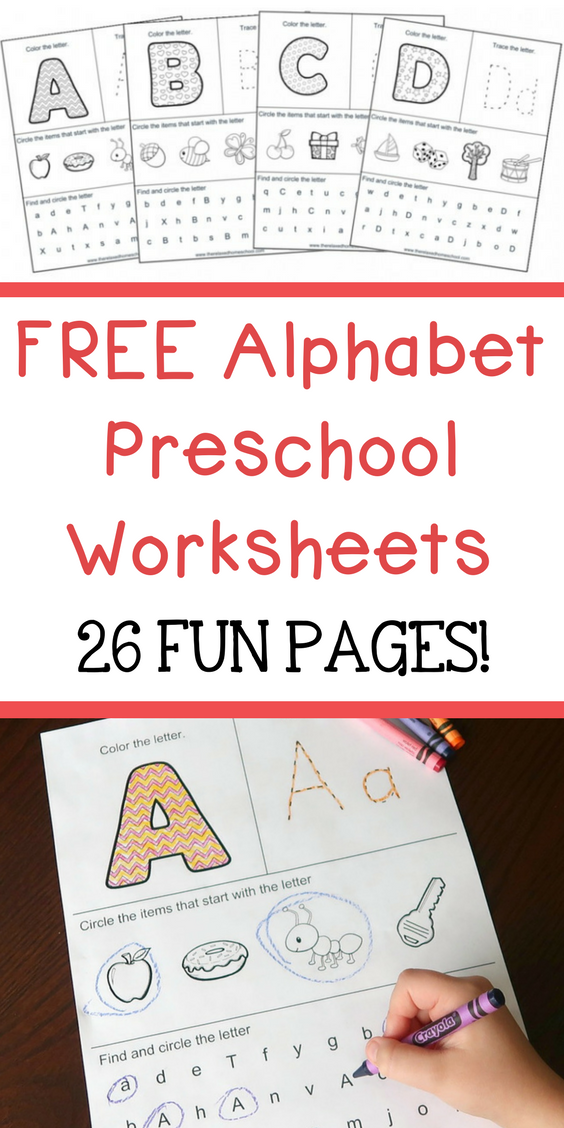
3) Use interdisciplinary learning with each letter, to strengthen letter associations
Since repeating a letter over and over again can get boring, you can mix it up a little by bringing in related lessons. You can start with a week’s letter as your core subject. Then, throughout the day, teach interdisciplinary subjects that still relate.
For example, if you are on the letter “R,” you can learn about the colour “red” too, since it starts with “R.” Ask the children, ‘what things are red?’ If you are on the letter “A,” you can learn about apples. We’ve done this before, where we teach children about the types of apples there are, as well as explain that seeds are inside an apple, and so on.
This blogger lists a whole bunch of crafts you can you incorporate into your letter learning. For example, you can make holes with a hole punch for the letter “H.” This can then lead into learning about the circle shape. You get the idea…
4) If you use flashcards to teach the alphabet, use logical ones
Flashcards are a great memorization tool, and the alphabet is all about memorizing.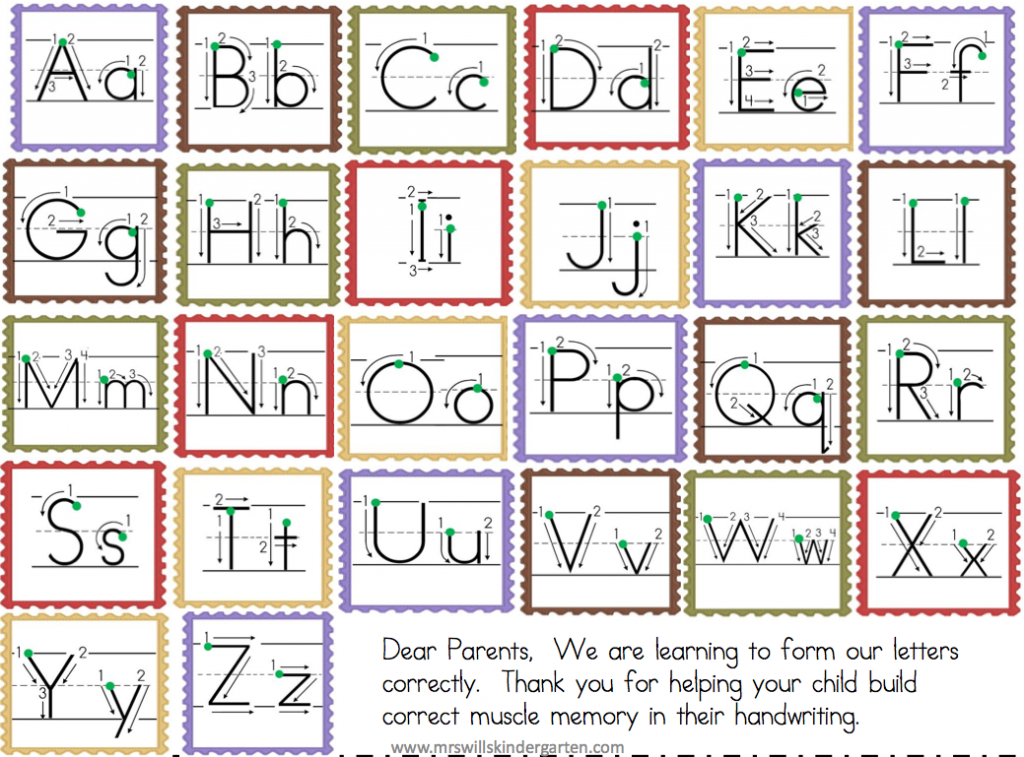 However, this teacher warns that sometimes, pre-made flashcards can get really confusing. If you are teaching the letter “D” and there is an image of something that simply uses the sound of “D” somewhere in the word, but doesn’t start with “D”… well you can quickly see how even adults would be confused by that.
However, this teacher warns that sometimes, pre-made flashcards can get really confusing. If you are teaching the letter “D” and there is an image of something that simply uses the sound of “D” somewhere in the word, but doesn’t start with “D”… well you can quickly see how even adults would be confused by that.
Remember, at this stage, you’re not teaching phonetics or complex vocabulary and pronunciation. First, children need to recognize and know the alphabet. Use the simplest flash cards, with the simplest pictures of the objects and animals that preschoolers can recognize.
That said, sometimes you want to use lowercase and uppercase letters in your flashcards…and yes, that can be confusing for the very young learners, especially when the upper and lowercase look so different, but are called the same thing. But if you’re using a set of magnets, for example, you can just use their uppercase versions, that’s ok (they may only come in that form). For very early learners, you can start really basic.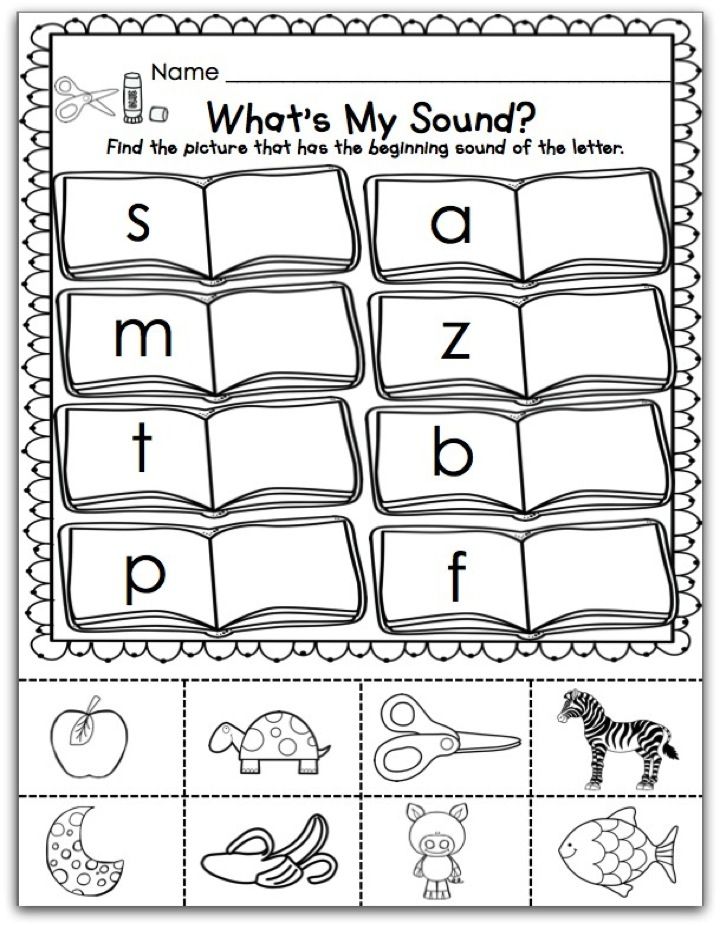 Just don’t forget to start showing them the lowercase and uppercase letters together at some point in their alphabet learning journey.
Just don’t forget to start showing them the lowercase and uppercase letters together at some point in their alphabet learning journey.
5) Eat foods shaped like letters to help preschoolers learn their alphabet
Speaking of interdisciplinary alphabet learning, why not do a baking session with the kids at preschool? They can use letter-shaped cookie cutters to make a fun and yummy snack. Meanwhile, there is a host of lessons you can teach with the baking activity. Chemistry, cooking, nutrition…the list goes on.
If you want the easy route, try commercially-sold letter-shaped biscuits. IKEA has a version of these. Ask your toddler or preschooler to name the alphabet letter they’re about to eat. Eating it can be the reward for getting it right!
And of course, there is alphabet soup, or noodles shaped like letters. You can make mealtime fun, and educational, with these edible alphabet manipulatives.
So there you have it, 5 easy ways to teach the alphabet to preschoolers. They may even be fun for you, too! It is super cute to hear little ones pronounce letters, and guess what object goes with each letter. When your preschoolers are learning the alphabet, be sure to take every teachable opportunity you can to encourage them to recognize letters in the world around them. If you’re on a field trip, ask the children if they can spot their letter-of-the-week on a street or building sign. If you’re reading a book, see if they can spot the letters you’re reading to them. Keep pushing letter recognition throughout the day, so the lessons can really sink into their memory.
They may even be fun for you, too! It is super cute to hear little ones pronounce letters, and guess what object goes with each letter. When your preschoolers are learning the alphabet, be sure to take every teachable opportunity you can to encourage them to recognize letters in the world around them. If you’re on a field trip, ask the children if they can spot their letter-of-the-week on a street or building sign. If you’re reading a book, see if they can spot the letters you’re reading to them. Keep pushing letter recognition throughout the day, so the lessons can really sink into their memory.
See more on our blog:
- How to teach digraphs to preschool children (6 ways)
- What is the best way to teach word recognition to early childhood readers?
- Why is literacy crucial in the early years? How can parents and preschools help with reading skills?
- How to teach toddlers and preschoolers to count, and learn their numbers
- Ideas for teaching shapes in preschool and daycare
How to Teach the Alphabet
misskindergarten Leave a Comment
School will resume before we know it! Maybe you have already started working with your little one at home over the summer, or you are looking for new ideas on how to teach the alphabet, I have some fun suggestions for your preschoolers and kindergarteners to jumpstart your fall.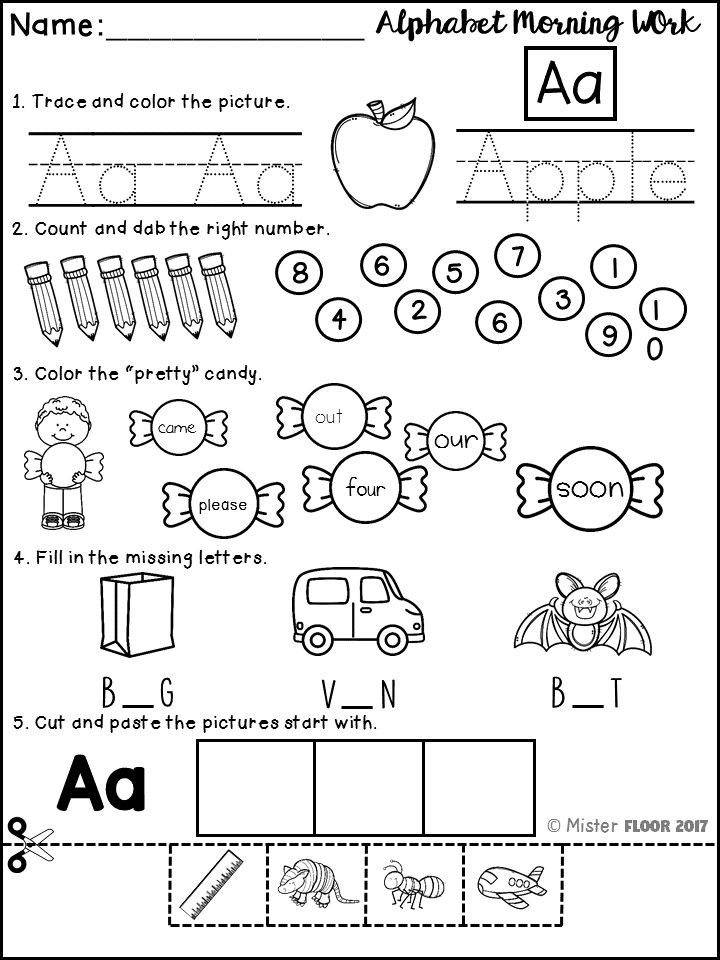 Now is the perfect time to gather materials and curriculum ideas to prepare for the school year!
Now is the perfect time to gather materials and curriculum ideas to prepare for the school year!
As we all know, reading is an essential milestone for kids. However, before reading can begin, we need to teach the alphabet – letter shapes, names of the letters, and letter sounds.
Why Do We Need To Teach the Alphabet?
The alphabet is a stepping stone to reading words. Words will progress to sentences. From there, sentences will become stories, essays, books, and so on. Introducing the alphabet in a multi-sensory way will get you started on your homeschooling journey.
How Can You Teach the Alphabet?
The key to a curriculum or unit for homeschoolers (or any learner) is to keep it FUN, engaging, and hands-on! Approaching a subject from many angles helps with retention, progression, and mastery. Merely teaching the letters of the alphabet by doing a worksheet may not work for many learners. It can be tedious. But, when the child sculpts the letter from playdough, recites a fun poem, or makes a craft, learning will be fun, creative, entertaining, and long-lasting. Add in games, song, and movement, and you’ll have eager little beavers, ready to learn!
Add in games, song, and movement, and you’ll have eager little beavers, ready to learn!
Printable & Resources
- You may want to introduce the letters of the alphabet with alphabet practice pages. This resource works on upper and lowercase letters in addition to handwriting and letter sounds.
- Make little books (fold a sheet of paper into a booklet) for each letter of the alphabet. Cut out pictures from magazines for the letters of the alphabet. Glue your images inside. Alternatively, you can draw pictures or use stamps and stickers.
- Shape the letters using play-doh mats and play-doh. Kids love hands-on activities, and this will be no exception. Laminate a set of these mats to use repeatedly with play-doh or tracing with dry-erase markers. Or, print a set and use with crayons, markers, and pencils.
- Use rhyme and repetition with these alphabet practice poems to reinforce letters and their sounds. Recite the poem and then find the correct matching letter.
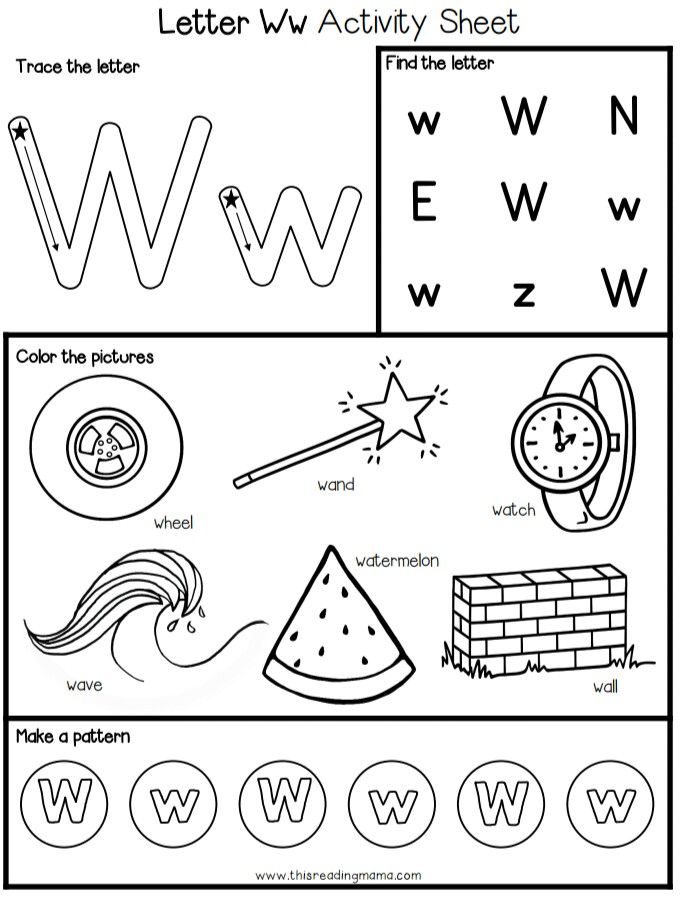 This set includes uppercase letter practice, as well as letter sounds practice. These poems last throughout the year with the following themes: Sept- apples, Oct- pumpkins, Nov- turkeys, Dec- mittens & trees, Jan- snowflakes, Feb- hearts & groundhogs, Mar- shamrocks, Apr- raindrops, May- flowers, and June/July- beach balls & suns.
This set includes uppercase letter practice, as well as letter sounds practice. These poems last throughout the year with the following themes: Sept- apples, Oct- pumpkins, Nov- turkeys, Dec- mittens & trees, Jan- snowflakes, Feb- hearts & groundhogs, Mar- shamrocks, Apr- raindrops, May- flowers, and June/July- beach balls & suns.
- Make an interactive alphabet journal that works on beginning letter sounds. Color, cut, and glue the pages in a journal. You can even save this to use as a dictionary for writing.
- Make some fun paper alphabet crafts for each letter of the alphabet to combine art with learning. Also included are sentence starter pages for students who have already mastered their ABCs! This fun activity also practices fine motor skills with cutting and gluing. Crafts included are: A-apple, B-bee, C-cat, D-dog, E-egg, F-football {American football}, G-golf, H-hat, I-ice cream, J-Jack-o-lantern, K-kite, L-ladybug, M-mailbox, N-nail, O-octopus, P-pocket, Q-quilt, R-road, S-soccer ball, T-turtle, U-umbrella, V-volcano, W-watermelon, X-xylophone, Y-yo-yo, and Z-zipper.
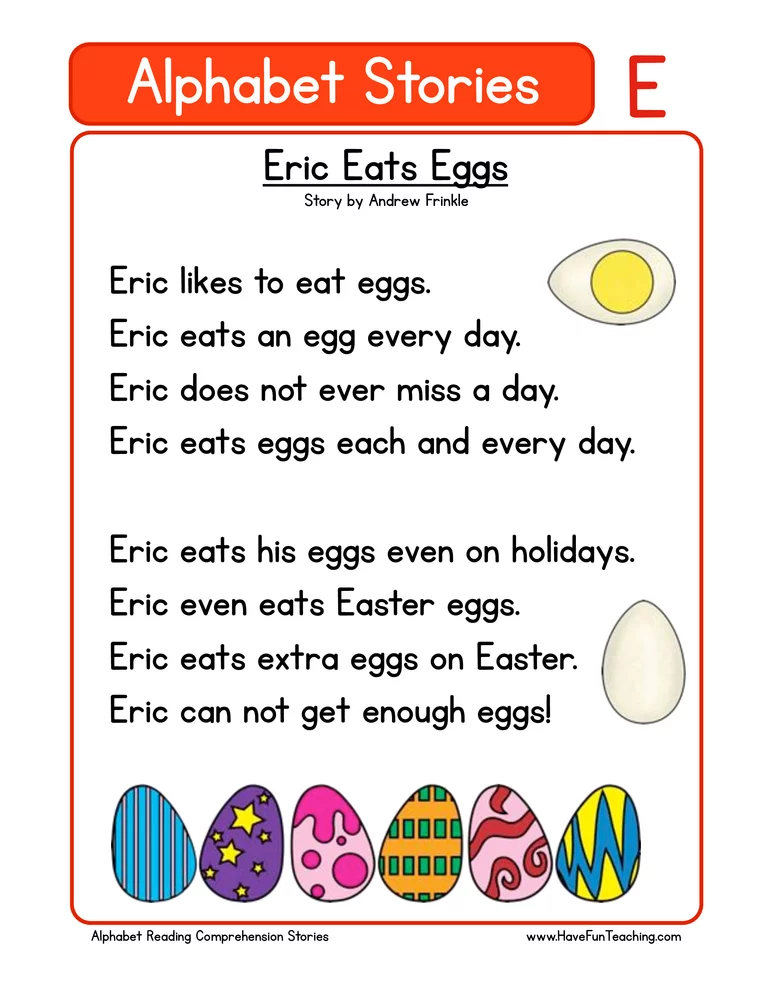
- The alphabet mega bundle has a series of resources, including the alphabet letter sort, alphabet tracer cards, fine motor alphabet letters, and spin & write letters (in addition to the alphabet journal and alphabet printables mentioned above). Use some of these included resources like flashcards and play memory and matching games. Place them in alphabetical order, but remove some and have your child guess which one is missing.
Enhance the Experience
Here are some additional ideas to add some more fun to foster learning naturally.
- Read books focused on the letters of the alphabet. My favorite is Chicka Chicka Boom Boom, but there are so many out there! Look out for another post that includes more book ideas!
- Use videos online (YouTube, SafeTube) that review, teach, and reinforce letters and letter sounds. The rhymes, poems, and musical nature of videos will help kids understand quickly.
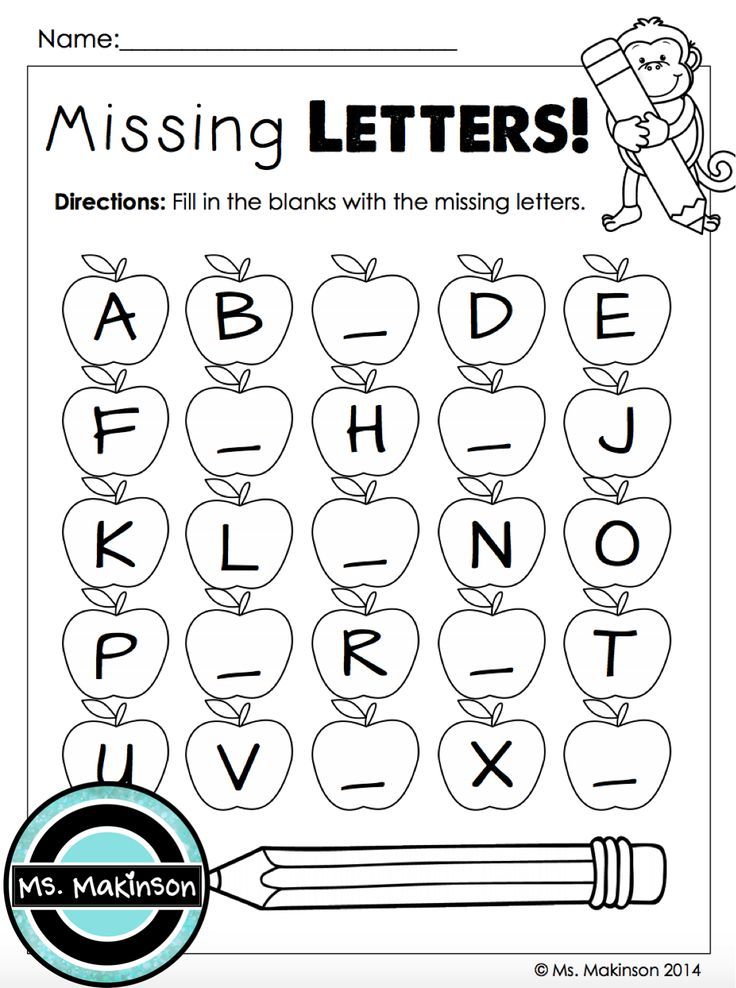
- Add some movement to your letter unit. Can you make the letter T with your body? What about the letter W? Can we work together to make the letter A?
- Get creative and play some alphabet games. I love the flyswatter game. Write down the letters on a whiteboard, or have flashcards scattered across the table. Shout out a letter, and your kid swats the letter with a flyswatter. Check out my alphabet Pinterest board for some fantastic alphabet games.
Practice the Alphabet Throughout the Day
As you go about your day, identify things in the house that begin with a specific letter. Ask your kiddos if they can find other items and objects that start with that same letter.
You can also focus on a Letter of the Day or Letter of the Week. Try to find things in your house that begin with that letter. Sing a song using that letter – or even better, use your creativity and make up a song! Make a new recipe that starts with the letter of the day or find some fun food ideas on Pinterest.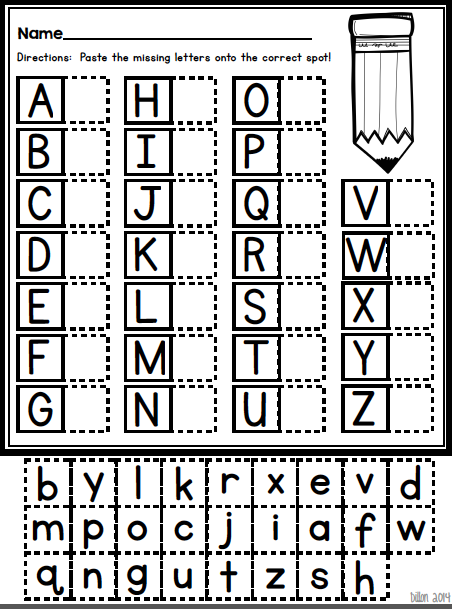 For instance, if you’re working on the letter B, you can make a BEACH treat. Put some blue frosting on one side of a graham cracker and add some goldfish. Now you have a little beach to go with your letter B theme!
For instance, if you’re working on the letter B, you can make a BEACH treat. Put some blue frosting on one side of a graham cracker and add some goldfish. Now you have a little beach to go with your letter B theme!
Another idea is to become sleuths for a day and create a scavenger hunt in your home. Look for objects that start with a letter, objects that begin with a specific sound, or the matching upper and lowercase letters.
Sing the ABCs while you are washing hands!
There are many, many ways to keep the learning going naturally all day long!
Download My Printable Resources
Transitioning to homeschool shouldn’t be dreadful. The more excited and prepared you are, the more your kids will enjoy it. Beginning with the ABCs is an essential step, but keep it fun to nurture learning. The above mentioned kid-approved resources are found by clicking these links:
- alphabet practice pages
- alphabet play-doh mats
- alphabet practice poems
- alphabet interactive journal
- alphabet crafts
- alphabet mega bundle
Let me know what activities you liked the best!
Phonics, Alphabet, Letter Sounds
Previous Post Learning With Playdough Mats
Next Post Hands-on Ideas for Name Writing Practice
First Sound Fluency
First sound fluency is a way to measure your students' understanding of initial sounds in words.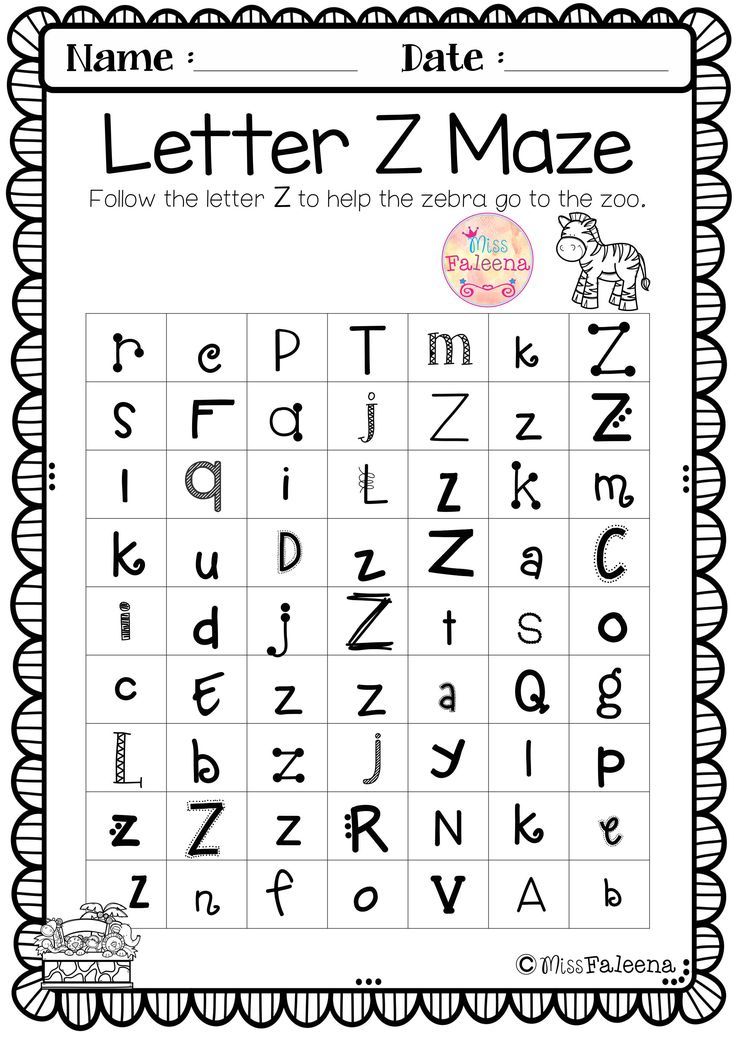 As your students are working on developing this skill, here is a fun way to help them practice finding the first sound of a word quickly. You can grab these for FREE by signing up for my email list below.
First Name
Your email address
As your students are working on developing this skill, here is a fun way to help them practice finding the first sound of a word quickly. You can grab these for FREE by signing up for my email list below.
First Name
Your email address
Hello, I’m Hadar
Welcome to Miss Kindergarten. I’m so happy you’re here!
If you are looking for hands-on, engaging kindergarten activities, you came to the right place! I’m here to save you time by sharing tried and true kindergarten resources, and hopefully spark some ideas for your own kindergarten lesson plans!
Whether you need ideas to teach reading, sight words, math, or even some fun crafts, I have you covered. My ultimate goal is to help passionate educators and parents to young kids gain their valuable time back!
If you want to stay connected with Miss Kindergarten, please follow me on social media and be sure to sign up for the newsletter below.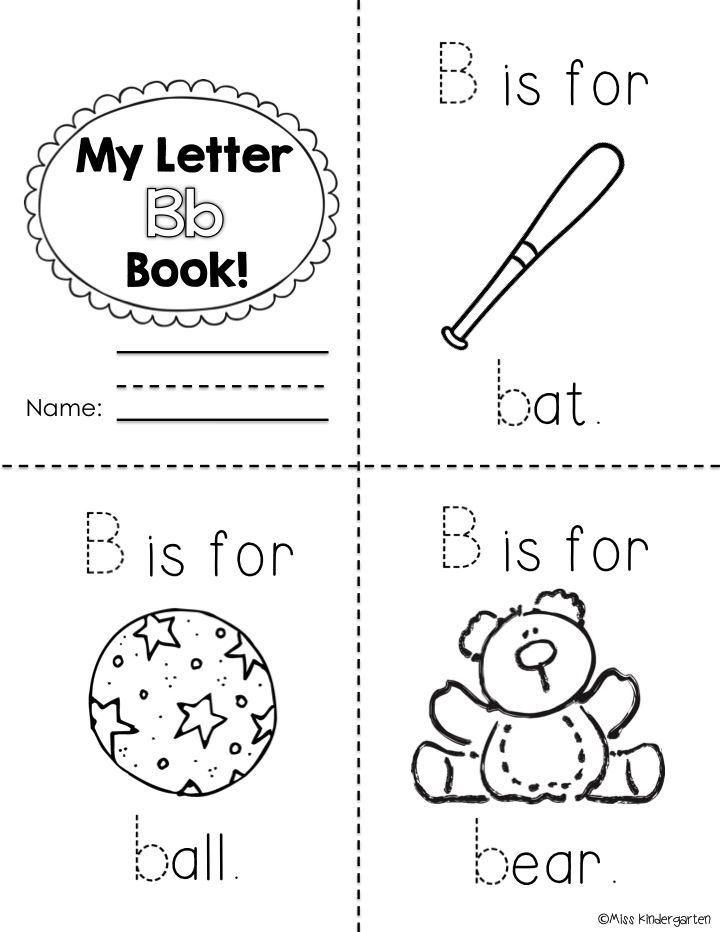
More About Me Contact Me
MBU Kindergarten No. 162 "Olympia"
Reception of pupils in kindergarten No. 162 Olympia
Methodical cabinet
Labor security
Correct-development work
Project: “Creation of LROS”
Psychological and pedagogical support
Consulting paragraph implementation of the Federal State Educational Standard in kindergarten
GEF DO for parents and caregivers
Personal pages of teachers
Kindergarten trade union
Asked? We answer.
Return to childhood
A lesson for life
Order on the exemption of certain categories of parents (legal representatives) from the collection of parental fees for childcare and child care in state educational institutions of the Samara region (see>>>), changes to the order (see>>>)
-
Is it possible to get a remote job on a permanent basis?
-
What liability is provided for the creation, use and distribution of malicious computer programs.
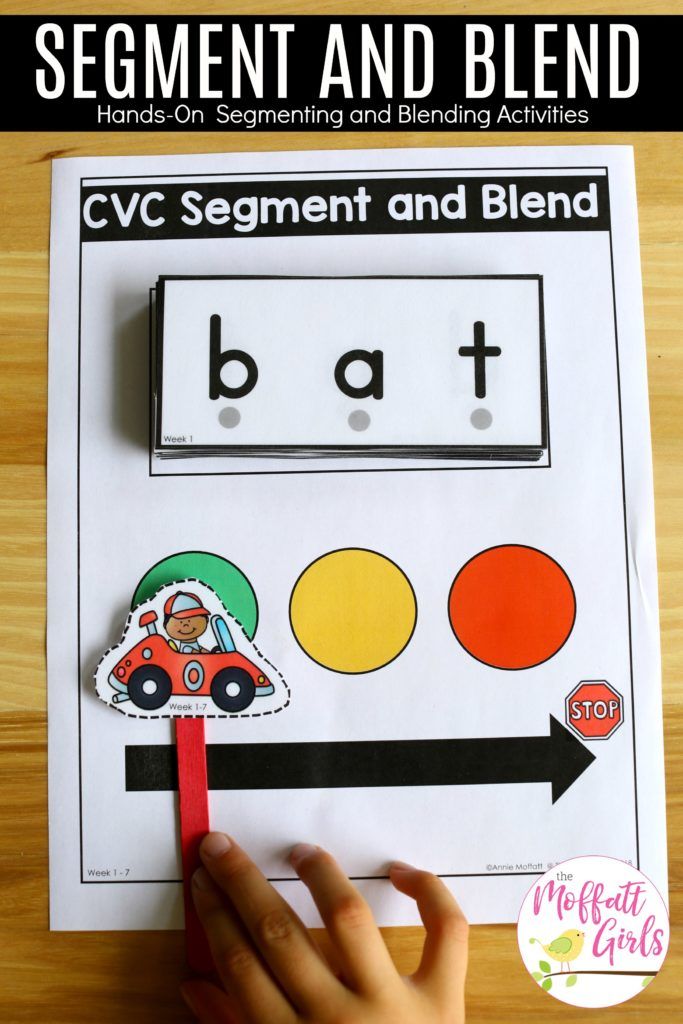
-
Are fakes criminalized?
-
In what cases can violation of the legislation on the protection of personal data lead to criminal liability
-
Are foreign citizens who entered the Russian Federation subject to mandatory state fingerprint registration, photography, and medical examination?
- Are children liable in case of bankruptcy of their parents?
-
Where to turn if a child is a victim of violence?
-
My child studies in one of the schools in the city. The principal of the school made a decision to hold a cleanup day on the weekend to clean the building and the surrounding area and obliged all students to take part in it. Can I keep my child out of Saturday? Or is it a mandatory event?
-
Is it possible to evict parents who have been deprived of parental rights from a dwelling assigned to children?
- Media on foreigners
-
On the eve of the upcoming celebration of Victory Day, the prosecutor's office of the Komsomolsky district of Togliatti explains the issues of propaganda or public demonstration of Nazi paraphernalia or symbols
-
On the eve of the upcoming celebration of Victory Day, the prosecutor's office of the Komsomolsky district of Togliatti explains the issues of legal regulation of public relations in the field of honoring the memory of the defenders of the Fatherland in Russia
-
On the eve of the upcoming celebration of Victory Day, the prosecutor's office of the Komsomolsky district of Togliatti explains the issues of compliance with the law relating to the perpetuation of the memory of those who died defending the Fatherland.
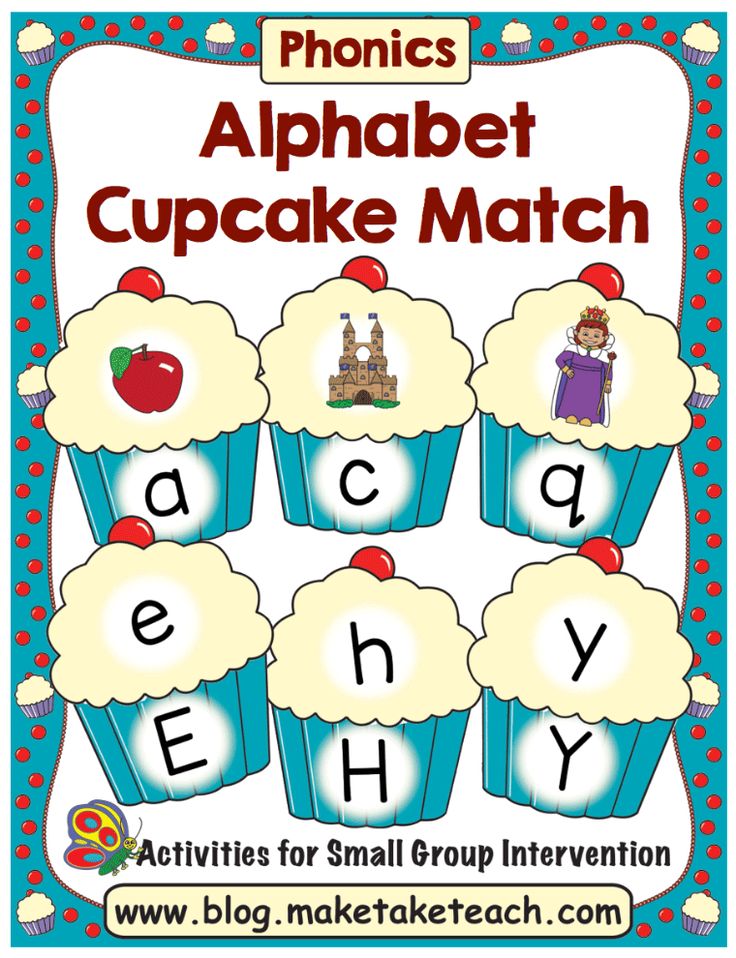
-
What is the liability for the public dissemination of deliberately false information about the use of the Armed Forces of the Russian Federation?
-
Legal education involvement in alcohol consumption
- Explanations for mortgagees
- What is the responsibility for storing contaminated snow from street cleaning outside designated areas?
-
What is the responsibility of minors for offenses in the field of illicit trafficking in narcotic drugs and psychotropic substances and from what age does it begin?
-
What should I do if I see messages on social networks from unknown persons on the phone of my child or the child of friends or relatives, the content of which indicates the inclination of the child to sexual actions?
-
Where should I go if cold or lukewarm water comes out of the hot water tap?
-
There is no parking near the house, I often leave my car in the courtyard of the house or in the intra-block passage.
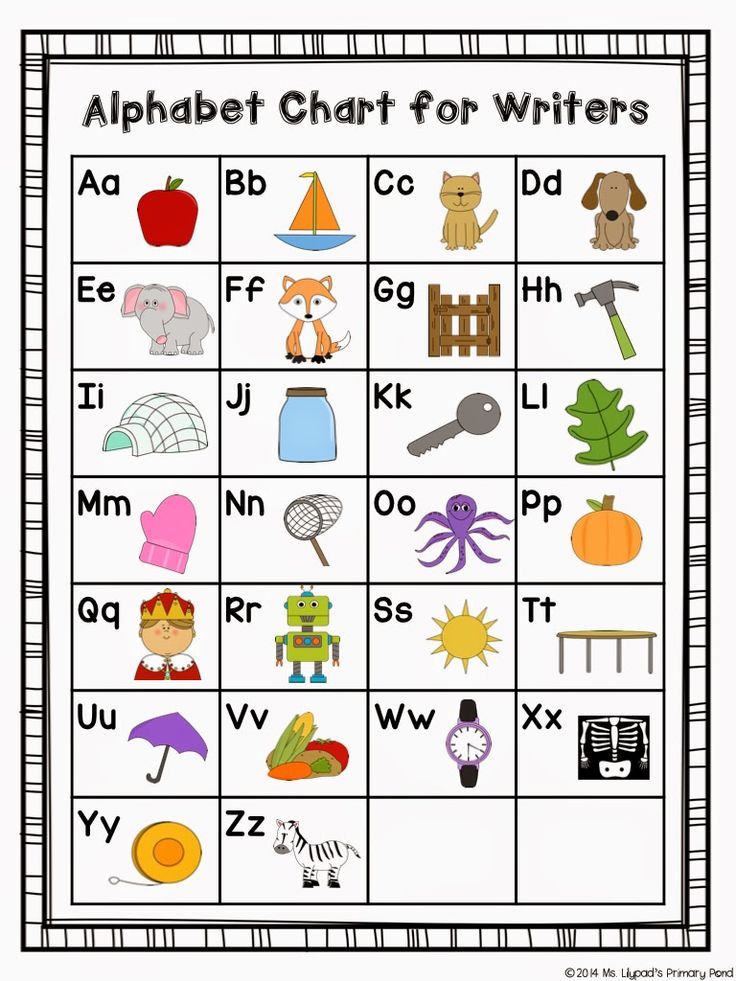 Do my actions form any administrative offense and what is the responsibility for this?
Do my actions form any administrative offense and what is the responsibility for this? -
The development of technologies in the modern world causes their penetration into all spheres of public life. This is used not only by conscientious users of communication networks, but also by malefactors pursuing various illegal goals, including personal enrichment.
-
Question: Is criminal liability provided for inducing the consumption of narcotic drugs, psychotropic substances or their analogues?
-
Adopted a law establishing the specifics of providing medical care to children
-
False vaccination certificates. Legal consequences.
-
What is informal employment and how does it affect the worker?
-
The procedure for the use of electronic documents in legal proceedings has been improved
-
Established grounds for holding liable non-payers of alimony
-
Criminal liability for violation of traffic rules by a person subjected to administrative punishment and deprived of the right to drive vehicles
-
Clarifications 6 playground lighting
-
Administrative and criminal liability for committing crimes and offenses in the field of illicit drug trafficking
-
Question: How to avoid becoming a victim of an intruder on the Internet?
-
Question: How to avoid becoming a victim of telephone scammers?
-
Can a criminal case be initiated on an anonymous complaint?
Methodological recommendations "On the procedure for attracting and using funds from individuals and (or) legal entities and measures to prevent illegal collection of funds from parents (legal representatives) of students, pupils of municipal educational institutions of the Samara city district in the field of education"
View in PDF>>> (opens in a new tab)
Information provided by the Ministry of Education and Science of the Samara Region
(Letter of the Ministry of Education and Science SO No. MO-16-09-01 / 400-TU dated April 25, 2017)
MO-16-09-01 / 400-TU dated April 25, 2017)
Violation of the principle by municipal educational institutions (hereinafter) voluntariness when attracting funds from parents (legal representatives) of students, pupils of educational organizations, the requirement to make an “entry fee” when accepting a child in an educational institution, forced collection of funds for repairs and maintenance of property, coercion to receive paid educational services and other paid services provided for by the charter of the educational organization are illegal and involve the responsibility of the head of the educational organization from administrative to criminal, in accordance with the legislation of the Russian Federation.
President of Russia V.V. Putin
Parents often have doubts about the "free" education guaranteed by Russian law.
Read more: How to deal with bullying in schools
National project "Education"
House where health lives
Federal network innovation platform
Management portfolio
Actual
Early career guidance for preschool children
Comprehensive security in MBU
Contact information
Municipal budgetary preschool educational institution Kindergarten No. 162 "Olympia"
162 "Olympia"
Block 1
Communist, 2
stop. "DP Yesenin": buses 42, 46; fixed-route taxis: 126, 131
phone/fax: (8482)25-60-30
e-mail: This email address is being protected from spambots. You must have JavaScript enabled to view.
Building 2
445046, Russian Federation, Volga Federal District, Samara region, Tolyatti, Communist, 11.
stop. "DP Yesenin": buses 42, 46; fixed-route taxis: 126, 143, 131
tel.: (8482)24-06-61
e-mail: This email address is being protected from spambots. You must have JavaScript enabled to view.
The institution has no branches or other premises
Useful resources
- Official website of the Ministry of Science and Higher Education of the Russian Federation
- Official portal of the Ministry of Education of the Russian Federation
- Official website of the President of Russia
- Federal State Educational Standards
- Federal Portal "Russian Education"
- IC "Single window of access to educational resources"
- IS "Unified collection of digital educational resources"
- Federal Center for Information and Educational Resources
Region
- Official portal of the Government of the Samara Region
- Official portal of the Ministry of Education and Science of the Samara Region
- Twitter of the Ministry of Education and Science of the Samara Region
- Portal "Education and Science of the Samara Region"
Our city
Adaptation and modification of the course "On the way to the ABC" in the educational system "School-2100"
Full mastery of the native language in preschool is essential condition for solving mental problems, aesthetic and moral education of children during the most sensitive period of development.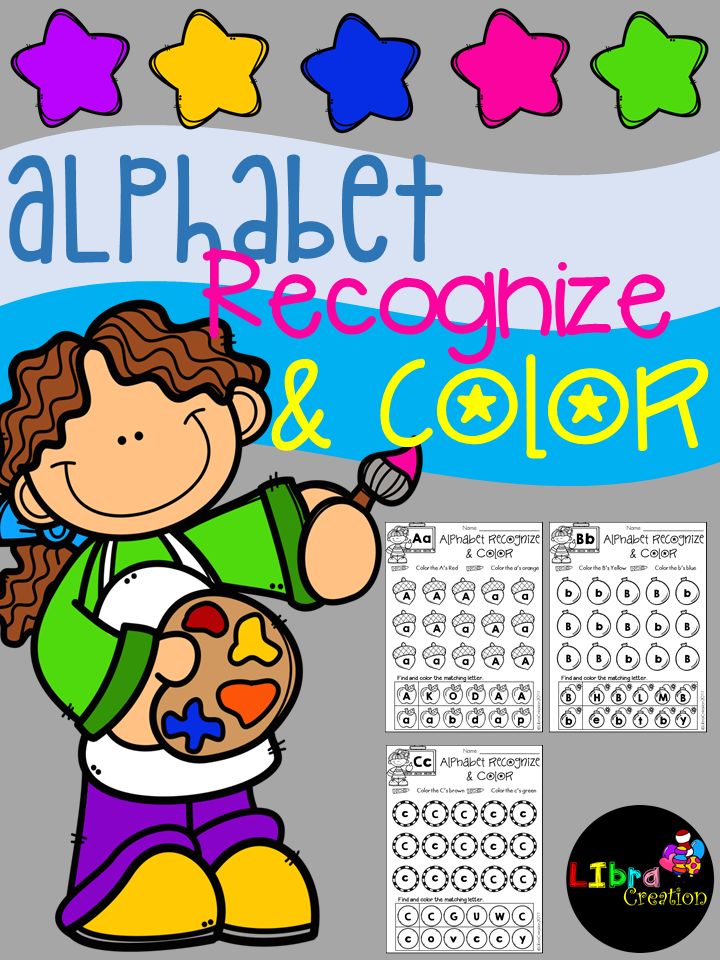
In the complex program "Kindergarten 2100" the solution of this problem is carried out in the process classes on the development of speech course "On the way to ABC" 1.2 hours with children 4-5 years old (first year of study) and preparation for literacy course "On road to the alphabet "3.4 hours with children 5-6 years old (second year training), as well as since 2009course "On the way to alphabet" 5 hours. With children 6 - 7 years old. Classes are held according to the textbook-notebook "On the way to the ABC" part 1.2; 3, 4.5.
Problems encountered during adaptation course:
- insufficient attention is paid to solving such tasks as: learning retelling, learning compiling descriptive story, descriptive story plot picture, according to a series of plot pictures.
- up to 5 years there are no tasks for highlighting a sound in a word (currently in the course "On the way to the ABC" 1.
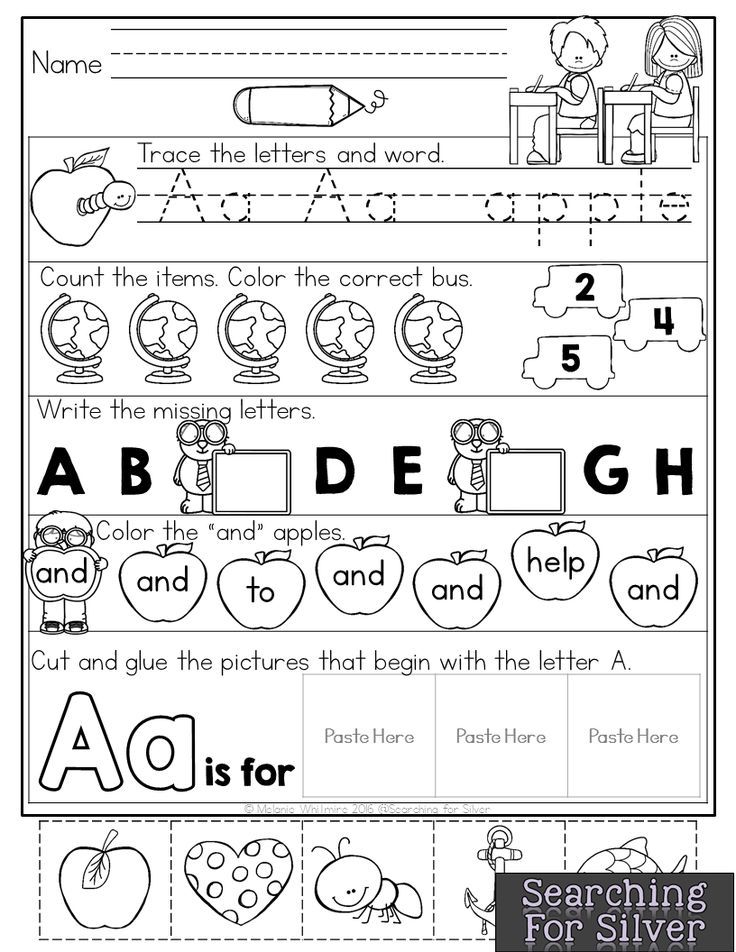 2 some such tasks are introduced).
2 some such tasks are introduced). - educators use ready-made material from methodological guide, not considering it necessary recycle it with children in mind of your group.
- irrationally use the proposed material.
- the lesson summary does not indicate the purpose of that or other task.
- use of sound symbols. To each sound corresponds to a certain sound picture. Sound pictures are not always associated with the image that they offer the authors.
- The sound characteristic passes through the sound symbol.
- there is no description of the position of the organs of articulation.
- there is no methodology for teaching a child to merge a syllable.
- questions for educators arise when familiarity with iotated vowels.
- irrational study sequence sounds.
- attachment to notebooks.
- the same type of speech games and tasks.
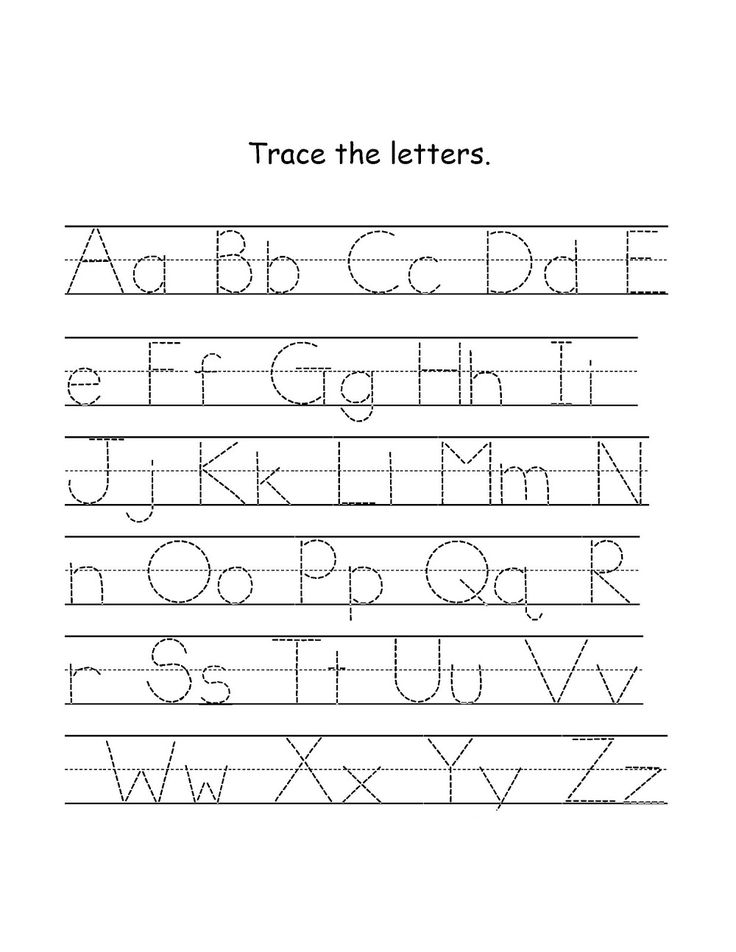
Issues identified during course trials make you think about their causes and encourage the search for new approaches to work, more content and quality.
The purpose of the work is to adapt the course "On the way to ABC" to the peculiarities of the development of children of our preschool institution.
Tasks:
- Solve the problem of the development of coherent speech.
- Improve the lessons of the course "On the way to ABC" 3.4 hours (preparation for literacy) through the use of speech therapy teaching sound-letter analysis.
- Using an interactive whiteboard with a goal improving the efficiency of mastering the content course for older preschoolers. 9March 0041 2005:
- Classes for the development of coherent speech were introduced in all age groups once a week. Promising plans are made together with educators.
- Literacy classes are taught by teachers - speech therapists.
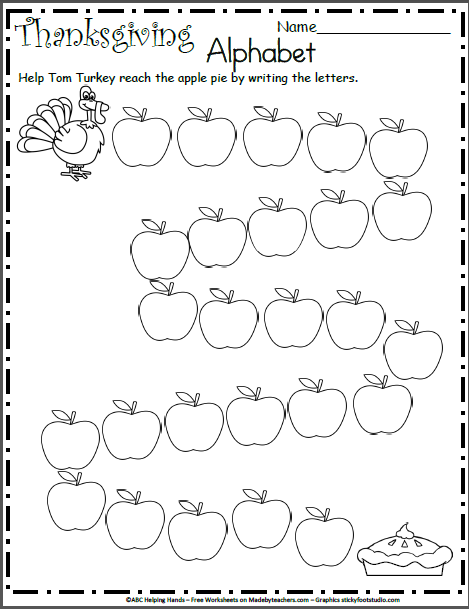
In the 2005-2006 academic year, educators, together with speech therapists of preschool educational institutions made long-term plans for development of speech, based on teaching aids: Ushakova O.S., Strunina E.M. "Methodology of development speech of preschool children", Ushakova O.S., Arushanova A.G., Maksakov A.I., Strunina E.M., Yurtaikina T.M. "Classes on the development of speech in kindergarten, speech therapy aids E.L. Sukhareva "Learning while playing", Tkachenko T.A. "Formation and development of coherent speech". Some notes of classes educators developed in collaboration with speech pathologists. We suggested that the introduction of development classes coherent speech will help us decide not only the problem of children's ability to compose stories, but also another problem is the lack of tasks for development of sound culture of speech in training courses up to 5 years. Educators will have the opportunity introduce tasks for the development of phonemic hearing and development of sound analysis skills, corresponding to phonetic-phonemic abilities of children from 3 to 5 years old.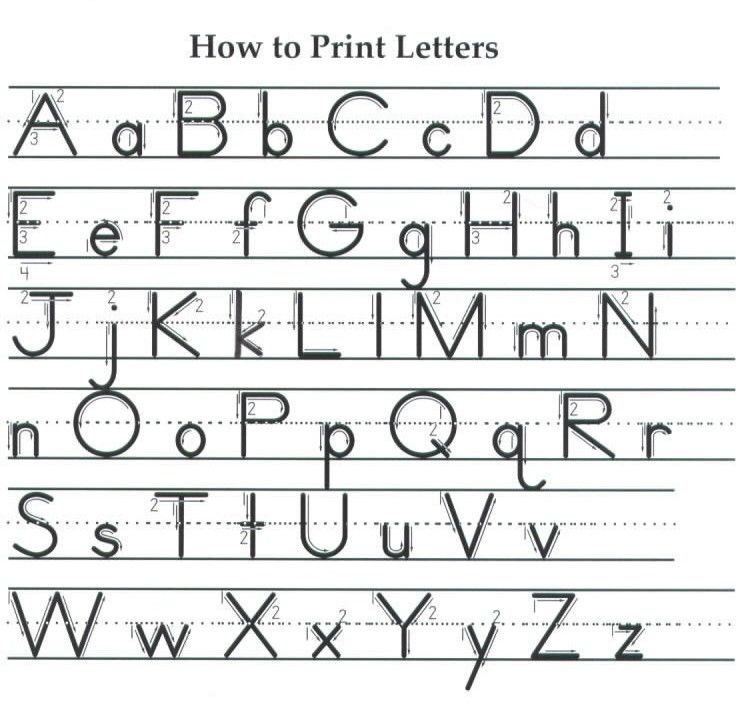 But there was another problem - there are no pictures for these methodical allowances or they are in a dilapidated condition. Methodological service of the preschool educational institution together with teachers - speech therapists decided to purchase picture material N.V. Beggarly. And since the courses programs "Kindergarten 2100" do not offer abstracts of lessons on teaching children storytelling and retelling as the basis we took classes and demonstration material N.V. Nishcheva and connected it with the course of preschool rhetoric "You are a word, I am a word:". By this course "Rhetoric and Communication Development speeches" the children of our preschool educational institution are engaged in senior and preparatory group since 2009In January 2009 was a training seminar was held with elements modeling for educators "Integrated approach to solving problems for the development of communication speech", which clarified the knowledge of educators about the types work on the development of coherent speech in children; consolidated the skills of teachers in compiling long-term plans for a month according to a certain lexical topic; modified lessons from section "Forest stories" of the course "On the way to ABC" in accordance with the goals: ZKR, compiling a descriptive story.
But there was another problem - there are no pictures for these methodical allowances or they are in a dilapidated condition. Methodological service of the preschool educational institution together with teachers - speech therapists decided to purchase picture material N.V. Beggarly. And since the courses programs "Kindergarten 2100" do not offer abstracts of lessons on teaching children storytelling and retelling as the basis we took classes and demonstration material N.V. Nishcheva and connected it with the course of preschool rhetoric "You are a word, I am a word:". By this course "Rhetoric and Communication Development speeches" the children of our preschool educational institution are engaged in senior and preparatory group since 2009In January 2009 was a training seminar was held with elements modeling for educators "Integrated approach to solving problems for the development of communication speech", which clarified the knowledge of educators about the types work on the development of coherent speech in children; consolidated the skills of teachers in compiling long-term plans for a month according to a certain lexical topic; modified lessons from section "Forest stories" of the course "On the way to ABC" in accordance with the goals: ZKR, compiling a descriptive story.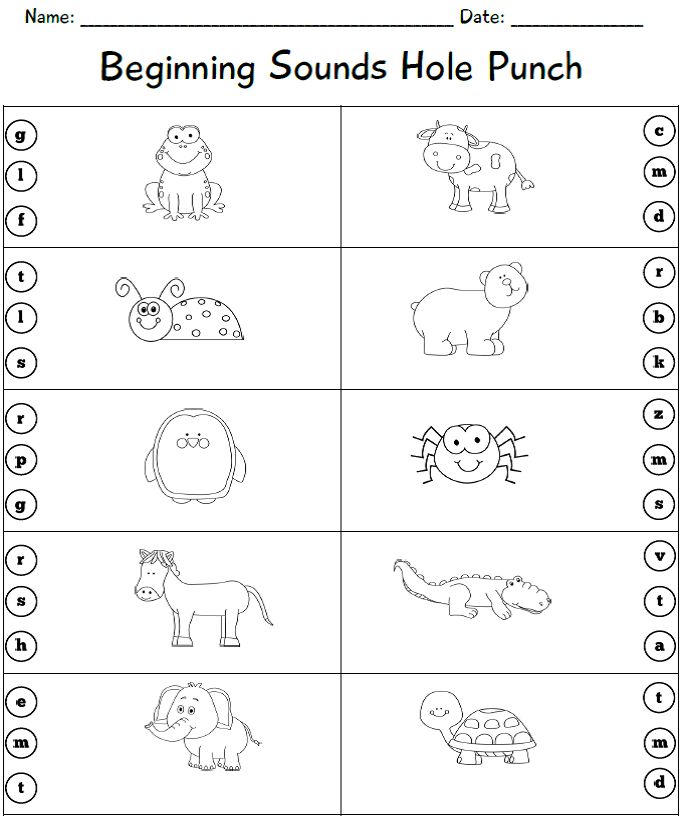
Appendix 1.
In our institution, the course "On the way to the ABC" 3.4 hours. are conducted by speech therapists, which allows competently deal with many problems during the implementation of the course "On the way to the ABC" (learning to read). In the preparatory group I work with letters, actually sound-letter analysis gives the best result. Not using tasks related to the "sound" reading of words (at the moment, the authors also refused such assignments). Children are encouraged to work letters or sound cards. I use activity approach (Leontiev A.N.) sound characteristics, i.e. the child during activities, empirically, independently the proposed scheme (algorithm) of activity can characterize any sound. Sound vowel if there is no obstruction in the mouth. consonant sound, if there is an obstruction in the mouth. The sound is loud if vocal folds work. The sound is solid speak firmly. In my work I use scheme, characteristics of sounds (Appendix 1, slide four).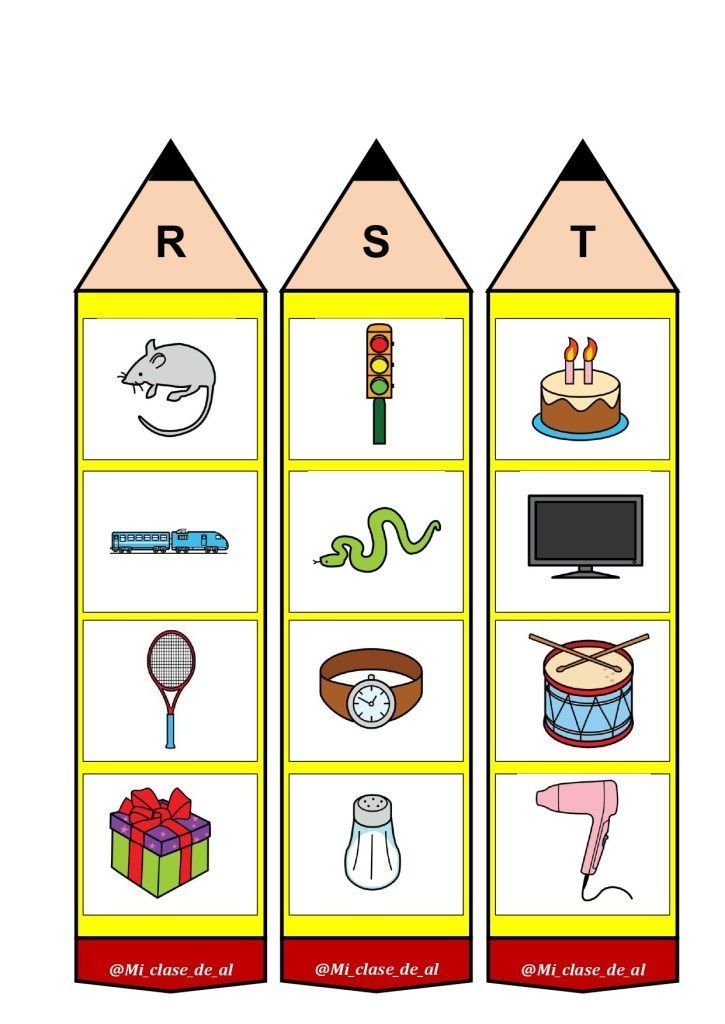
When learning to read syllables, I use a primer Zhukovoy N.S. Reverse syllable when a consonant sound prevents the vowel from singing a song, and it turns out short. Direct syllable when the vowel teaches consonant to sing a long song. Sounds are inseparable and they merge into one melody (Appendix 1, slide 5). Hard consonants sing hard songs only with vowels A, E, O, U, Y (Pevtsov Street), soft consonants sing soft songs only with vowels I, I, Yo, E, Yu (street of Smiling singers). When working on sounds, I use the developed me allowance Zvuograd according to the methodological manual Vygotskaya I.G., Berkovskoy N.V. "Sound City, Letter City and Chrysostom" (Appendix 1, slide 2). We give the isolation of sound in a word gradually: first stressed vowel at the beginning word, then a consonant sound at the end of the word, and only then highlighting the vowel sound in the middle words in words like MAC, SOK. For determining position of sound in a word, sound analysis, laying out the sentence scheme using the manual developed by me "Sound boxes" (Appendix 1, slide 9).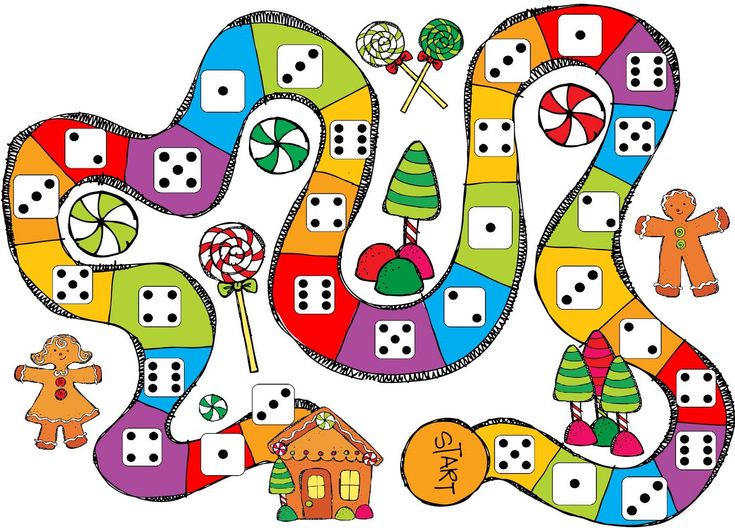 This allows the majority of preschoolers successfully learn material.
This allows the majority of preschoolers successfully learn material.
To increase children's interest in activities I use different games and educational tasks, combining them with the course "On the way to the ABC". FROM September 2009 course "On the way to the ABC" (3, 4, 5 hours) educational program "Kindergarten 2100" are carried out using an interactive boards, an electronic bank of lessons on preparation for literacy. It allowed improve the quality of demo materials, made it possible to use video clips, increased the motivation of children in the classroom, as well as in in a playful way to develop the necessary skills with least time-consuming (Appendix, slide 7, 8).
The first lesson of the course "On the way to the ABC" 3.4 hours. we spend it as a holiday: we invite children to journey through the country of Sounds (Appendix 1, slide 6). At the lesson, children receive a map - a diagram "Zvukograd", which will be filled within the entire course (Appendix 1, slide 3).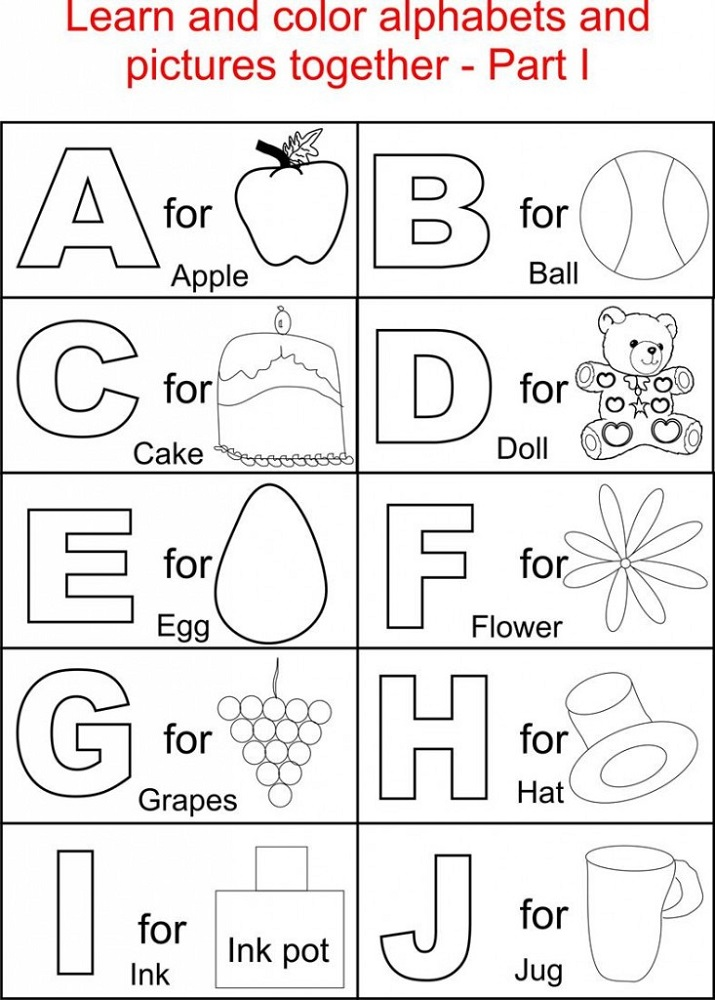 At the end course we hold a holiday of correct speech with music directors kindergarten. The holiday of speech is not so much checking the knowledge of children, this is another opportunity empathize and rejoice in each other's successes, be a team and generally have fun (Appendix 1, slide 10, 11). Children on holiday receive certificates, medals (Appendix 1, slide 12). BUT any reward for a child is a confirmation his importance, so he will strive, to be singled out in the future.
At the end course we hold a holiday of correct speech with music directors kindergarten. The holiday of speech is not so much checking the knowledge of children, this is another opportunity empathize and rejoice in each other's successes, be a team and generally have fun (Appendix 1, slide 10, 11). Children on holiday receive certificates, medals (Appendix 1, slide 12). BUT any reward for a child is a confirmation his importance, so he will strive, to be singled out in the future.
Methodological developments:
- Diagnostic cards (senior, prep group).
- Stimulus material and methodological recommendations for diagnostic charts.
- Long-term planning for the development of communications speech and rhetoric (senior, preparatory Group).
- Advanced planning to prepare for literacy (senior group, preparatory group), which includes additional classes on topics: offer, stress, related words, prepositions, letters soft sign and hard sign.
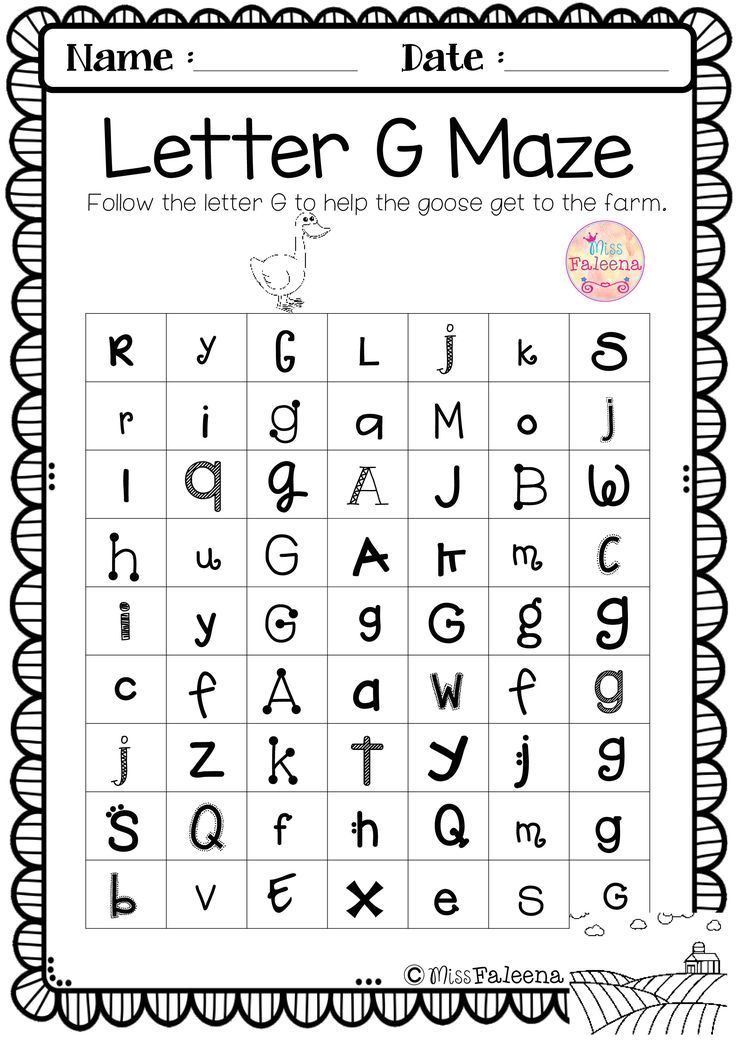
- Lesson notes for preparation for training literacy (senior, preparatory group).
- Electronic bank of classes in preparation for literacy (senior, preparatory groups). /
- Scenarios of holidays of correct speech.
Literature:
- Kislova T.R. On the way to the alphabet: Methodical recommendations for educators, speech therapists, teachers and parents to part 3.4 / under scientific edited by R.N. Buneev, E.V. Buneeva. - M.: Balass, 2003. - 128s.
- Kislova T.R. On the way to the alphabet: Methodical recommendations for educators, teachers and parents to part 1,2 / under the scientific editorship R.N. Buneeva, E.V. Buneeva. - M.: Balass, 1999. - 144 p. Il.
- Kislova T.R., Ivanova A.A. On the way to the ABC. A guide to the development of speech and preparation for learning literacy of preschoolers attending preparatory speech therapy groups.
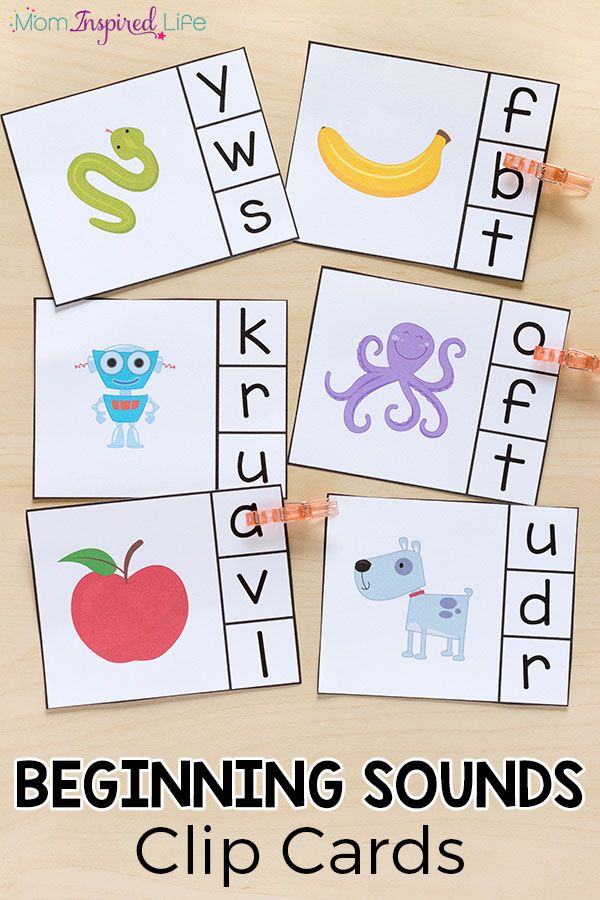 Ch. 5 (6-7 years). - M.: Balass, 2009. - 96s.
Ch. 5 (6-7 years). - M.: Balass, 2009. - 96s. - I. G. Vygotskaya, N. V. Berkovskaya "Zvukograd, Bukvograd and Chrysostom" M: Linka - Press 1999.
Tasks:
Educational
- Introduce children to the sound and letter C.
- Continue to learn to determine the position of the sound in word.
- To form the skill of reading and writing.
- Practice word formation of nouns with using the suffix -IC-.
Educational
- Develop thinking, visual attention, general motor skills and coordination of speech with movement.
Educational
- Foster independence, skills collaboration in class.
Equipment: Multimedia complex, mirrors, Zvukovograd, notebooks, pencils, ball.
Course of the lesson
1.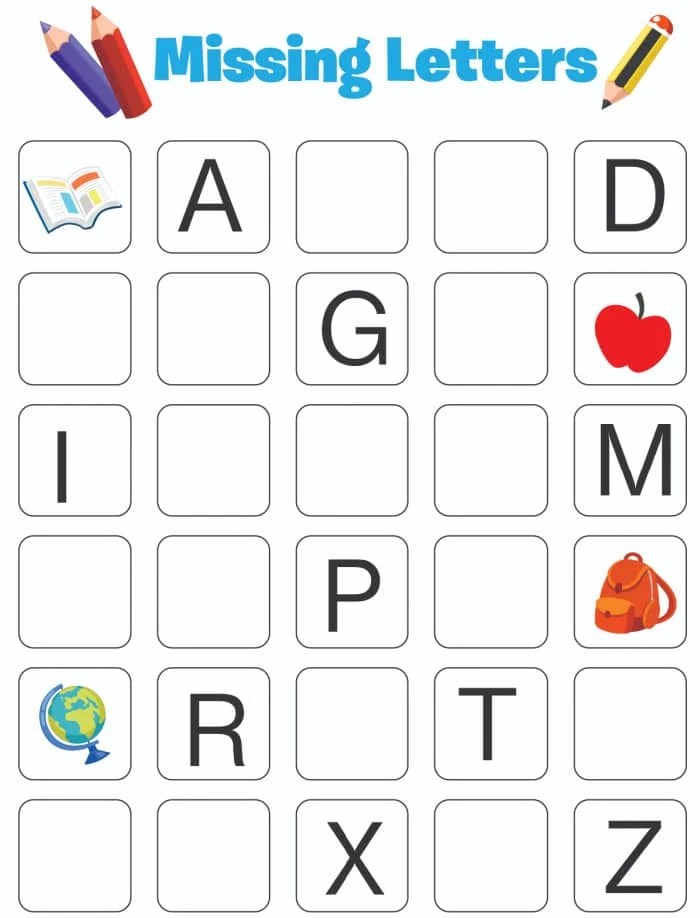 Organizational moment.
Organizational moment.
Visual gymnastics.
Breathing exercises.
- Tell us about the sounds [Z] and [Zb].
- How are they different?
- What did the little fox promise the zebra doctor?
2. Reporting the topic of the lesson.
After making sure that everything is in order with the teeth and the Little Fox OK, the toys have moved on. travel. They did not notice when the horse came up. "Why aren't you at the circus?" - she asked them. From surprise, our friends are so were confused that they did not find what to answer her. "Today there is a big performance in the circus, - the horse continued. - Sit on me, I'll take you I'll take you."
On the way, a new acquaintance told me that she works in a circus and is called the Queen. "Are you wife of the king?" - asked the Little Fox. no, laughed the horse. - They gave me one nickname because I have a small a speck in the form of a crown." The Queen also said, that other animals work with her in the circus. This spring, many cubs appeared. When they grow up, they will also become circus artists like their moms and dads. And while they are still small, so they opened a special circus kindergarten.
This spring, many cubs appeared. When they grow up, they will also become circus artists like their moms and dads. And while they are still small, so they opened a special circus kindergarten.
"Oh! Queen. - You and I may not be in time for the end performance!" She advised her riders hold on tight and rushed into the whole support.
"Clock-Clock-Clock-Clock!" - pounded on the track her hooves, with every step bringing our friends closer to the circus - a fabulous palace of miracles.
- What sound is heard at the beginning of words: queen, king, circus
- Today we will talk about the sound [C].
3. Sound characteristics.
- Say [C] in front of a mirror. look and tell me what it sounds like.
(Consonant - language obstruction, deaf - voice folds do not work, always hard)
4. Isolation of sound in a word.
a) - Name the cubs of the circus children's garden and their mothers.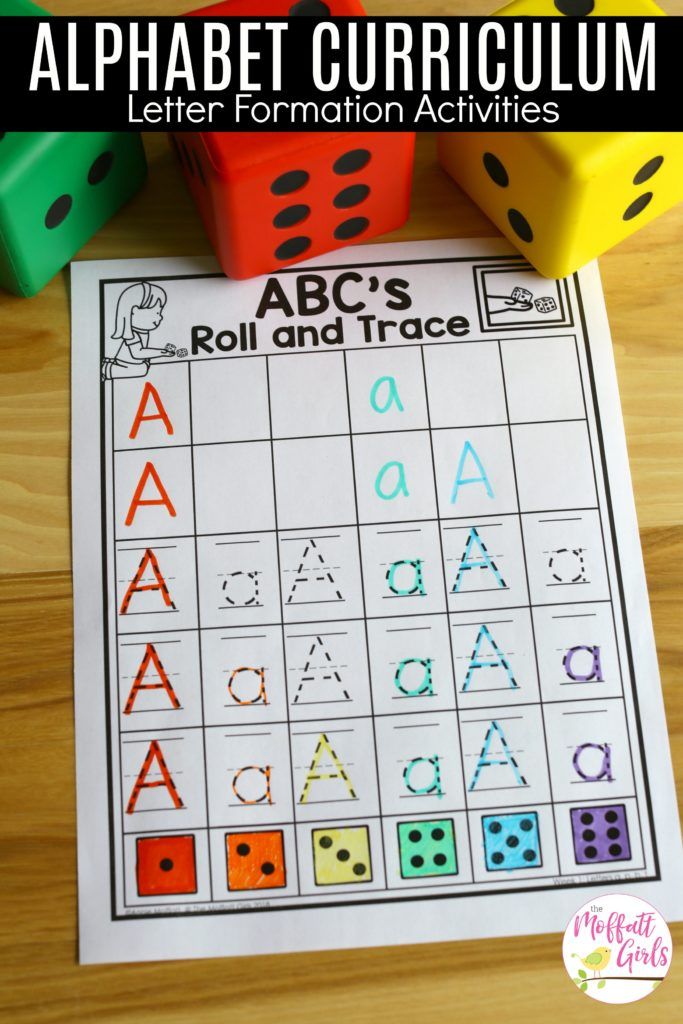 Circle those whose names pronounced with the sound [C].
Circle those whose names pronounced with the sound [C].
b) - How can one name everything that shown in the pictures? (Products).
- Name the dishes in which these products. If the name of the dish contains the sound [C], circle this product.
- Sugar is served in: (sugar bowl). This word has sound [C]? Should I circle this picture?
- Oil is served in: (butter dish). This word has sound [C]? Should I circle this picture?
- Soup is served in: (tureen). This word has a sound [C]? Should I circle this picture?
- Peppers are served in: (pepper box). This word has sound [C]? Should I circle this picture?
- Salt is served in: (salt shaker). This word has sound [C]? Should I circle this picture?
- Bread is served in: (bread box). This word has sound [C]? Should I circle this picture?
- Sweets are served in: (candy bowl). In this word is there a [C] sound? Should I circle this picture?
Determining the position of sounds in a word.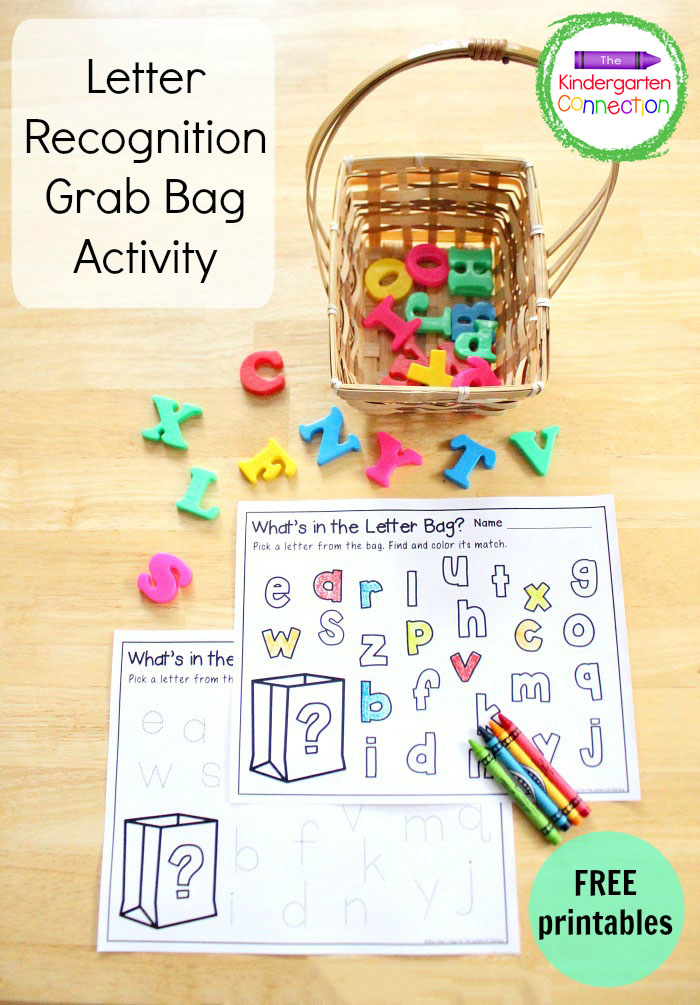
- Determine in which part of the name of the pictures sound [C] is heard, and paint over in blue corresponding cells.
- I will swap syllables in words, and you name words in which I changed syllables.
5. Physical education.
| Clock, clamp, clamp, clamp, I am a horse, gray side! I knock with my hooves, If you want, I will. | Children alternately stamp their feet, hands on belt. |
| We will ride the roads Now gait, then gallop, | They run in a circle with side steps. |
| Let's graze in the meadow, Let's rest on the beach. | Stop, bend over forward, as if grazing, at the end they sit on squat while resting.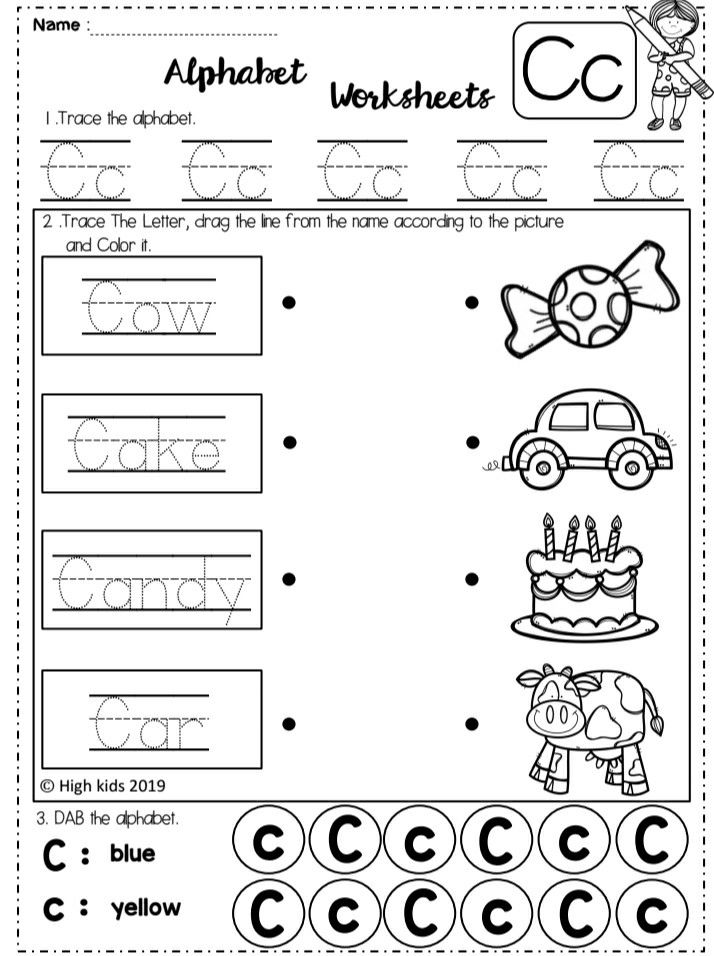 |
Ball game "Change the word".
a) teacher (teacher), educator, artist, master, dancer, apprentice, trainer, guide, reader, writer, birthday boy;
b) swims (swimmer), sings, forges, cunning, wise, skillful, daring, stupid, young.
Introduction to the letter C.
This is the letter C
With a claw on the end
Claw - scratch
Like a cat paw.
Reading syllables.
- Read the syllables and find words with these syllables, match the syllables with the pictures.
- TSY - birds, buttons;
- CE - towel, saucer;
- CA - sheep, mill;
- CO - ring, egg.
7. Finger gymnastics "Friendship".
8. Typing a letter in a notebook.
9.